The LG G5 is a television that not only continues but also expands on what we loved about previous models in the G series. Instead of taking the beaten path, LG opted for a new Tandem OLED panel – and it was a stroke of genius. Picture brightness? Simply, F E N O M E N A L. HDR effect? Close to reference. Colors after calibration? Nearly perfect. Motion smoothness, low latency, and gaming features? At an absolutely top level. The G5 performs well in movies and games, day and night, whether with a decoder, console, PC, or just the remote. Of course – this is not a product without flaws. It's a pity that DTS support is lacking, the viewing angles have worsened compared to its predecessor, and the remote may vary depending on the version. But when we look at the overall picture, it's hard not to feel that this is one of the best OLED televisions available on the market, and perhaps even the best. Definitely, when it comes to its versatility and picture quality without having to reach for extremely expensive models from competitors. If you're looking for a television for everything – for cinema, gaming, a bright living room, streaming content, or connecting a computer – the LG G5 is a device that simply delivers on every front without compromise.
- Matching (Score)
- Our verdict
- TV appearance
- Where to buy
- Contrast and black detail
- HDR effect quality
- Factory color reproduction
- Color reproduction after calibration
- Smoothness of tonal transitions
- Image scaling and smoothness of tonal transitions
- Blur and motion smoothness
- Console compatibility and gaming features
- Input lag
- Compatibility with PC
- Viewing angles
- Daytime performance
- Panel details
- TV features
- Apps
- Playing files from USB
- Sound
LG OLED G5 vs SAMSUNG OLED S95F (QD-OLED)
Direct comparison
Check the best price offer:
SAMSUNG OLED S95F (QD-OLED)G54 / G51 / G55 / LW / LS
S95F / FAT / FAE
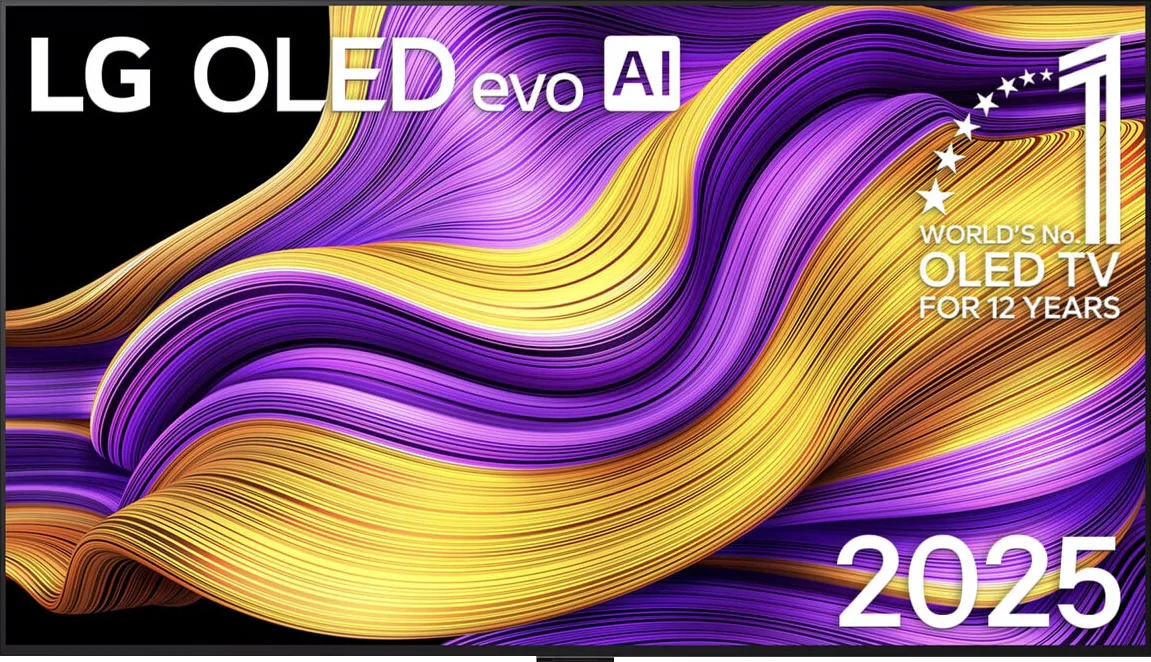
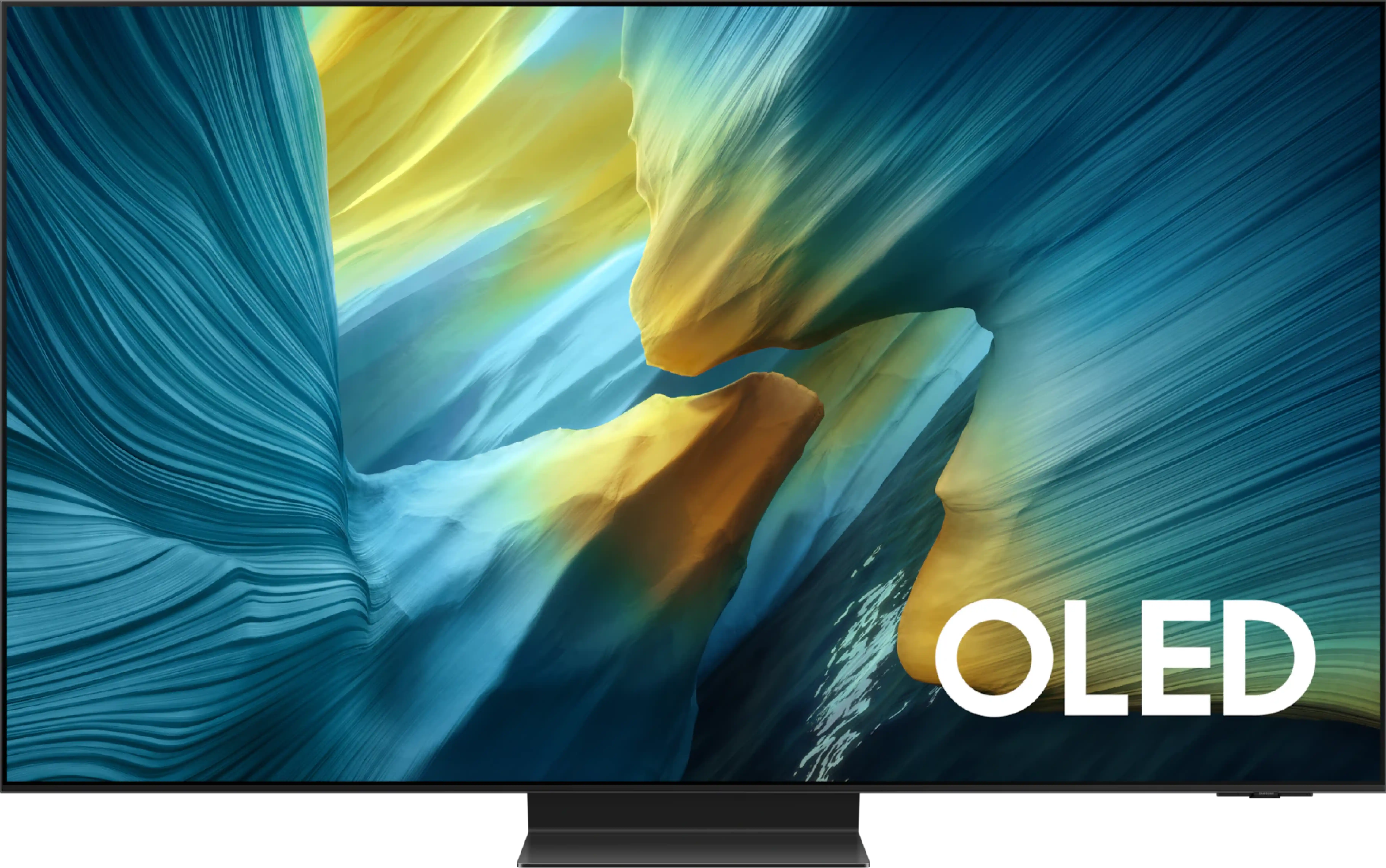
Panel type: WRGB OLED
Resolution: 3840x2160
System: WebOS
Model year: 2025
Complete the survey to find out the result

Panel type: QD-OLED
Resolution: 3840x2160
System: Tizen
Model year: 2025
Complete the survey to find out the result

Overall rating
8.9
8.7
Movies and series in UHD quality
9.2
9.3
Classic TV, YouTube
9.2
9.3
Sports broadcasts (TV and apps)
8.8
8.9
Gaming on console
9.5
9.9
TV as a computer monitor
8.8
8.8
Watching in bright light
8.0
7.1
Utility functions
8.5
7.9
Apps
9.1
8.7
Sound quality
8.7
8.0
Complete the survey to find out what fits your preferences
Advantages
Amazing black and contrast
Reference color reproduction after calibration
Very high brightness in HDR content
Outstanding cooperation with consoles and computers
Great motion fluidity - OLED panel 165Hz
Many features for gamers: VRR, ALLM, HGIG, low input lag
Excellent WebOS operating system with many applications
Superb handling thanks to the Magic remote with "cursor" function
Perfect black and excellent contrast
High brightness of the image
Outstanding image quality after calibration
Ultra-fast QD-OLED panel 165 Hz
Best choice for gamers – full support for HDMI 2.1, VRR, ALLM, and HGiG, input lag of just 5 ms (highest rating on the portal!)
Best reflection suppression thanks to the matte screen finish
Wide viewing angles without loss of quality – top level thanks to the QD-OLED panel
Intuitive and fast Tizen operating system with a rich set of features
Modern and elegant design
One Connect module for easy aesthetic cable management
Disadvantages
No support for DTS audio format
Worse (though still good) viewing angles than the predecessor G4
Different versions of the remote in derivative models – hard to predict which version we will get
No support for DTS:X (home theater)
No USB recording from built-in tuners
Cherry black effect in very challenging lighting conditions
Our verdict
The Samsung S95F is an excellent continuation and an improvement over last year's S95D model. Thanks to the QD-OLED panel, we get an image that delights from the first minutes of the viewing experience. The blacks are deep and natural, without signs of backlighting, and the brightness of the next-generation panel reaches levels that just recently seemed out of reach for OLEDs. These values are so high that the S95F can confidently be compared to the best Mini-LED screens - both in terms of HDR effect and in everyday use in bright daylight. After a slight adjustment of the settings, the television can offer a reference image that creates a cohesive and cinematic experience. However, it is not only a screen for movie lovers but also one of the absolute favorites for gamers. The 165 Hz panel with instant response, an input lag of just a few milliseconds, a full suite of gaming features – including VRR, ALLM, and excellently implemented HGiG – as well as four HDMI 2.1 ports make the S95F effortlessly meet the requirements of both next-generation console owners and PC gamers. It is a complete set of capabilities that makes the S95F one of the best gaming TVs on the market. Samsung has also taken care of user details. The matte screen finish effectively eliminates reflections, ensuring that even in a bright living room, the image remains clear and comfortable. The One Connect module organizes the cabling, moving all the connections to a separate box, which will be appreciated by anyone who likes to regularly juggle connected devices. The design of the television is slim, elegant, and thoughtful – it is clear that this is a Super Premium class product that looks great in any interior. Of course, like any device, the S95F has its minor compromises, but at this class and completeness, it is easy to forget about them.
This is a television that combines the best image quality with functionality and user comfort. Without a doubt, it stands up to the strongest competition, and it can be confidently considered as one of the main contenders for the title of TV of the Year 2025.
TV appearance
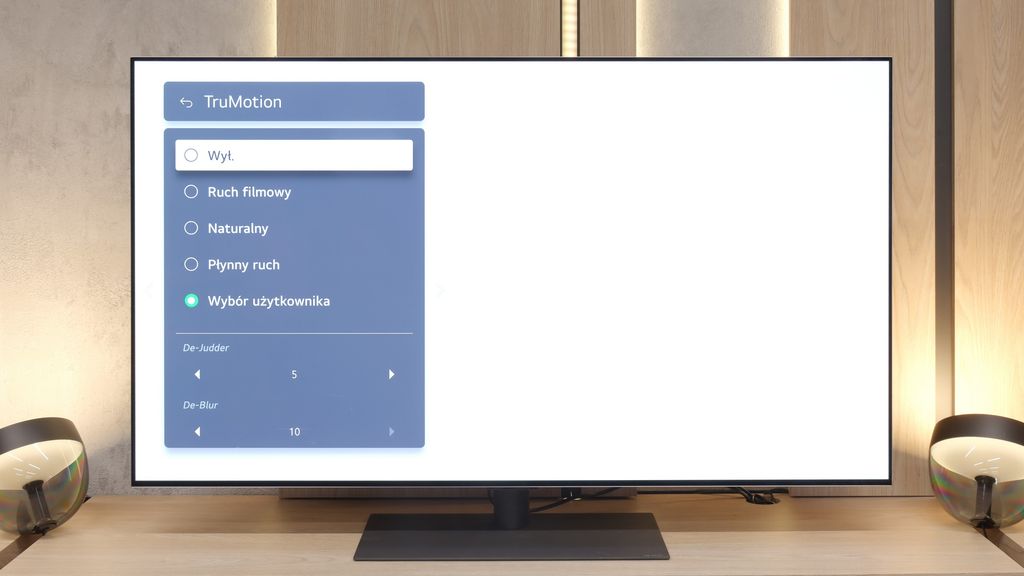

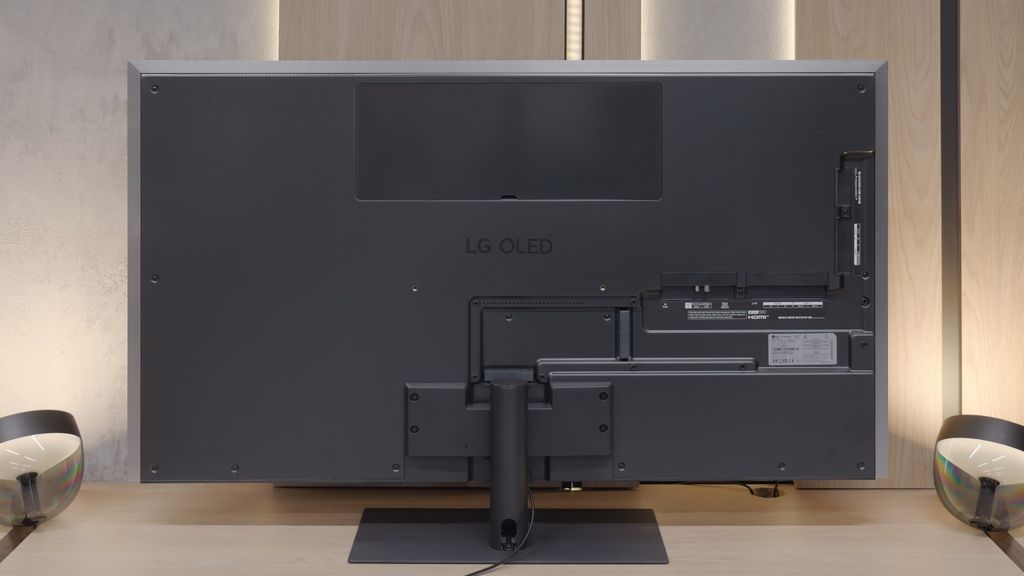
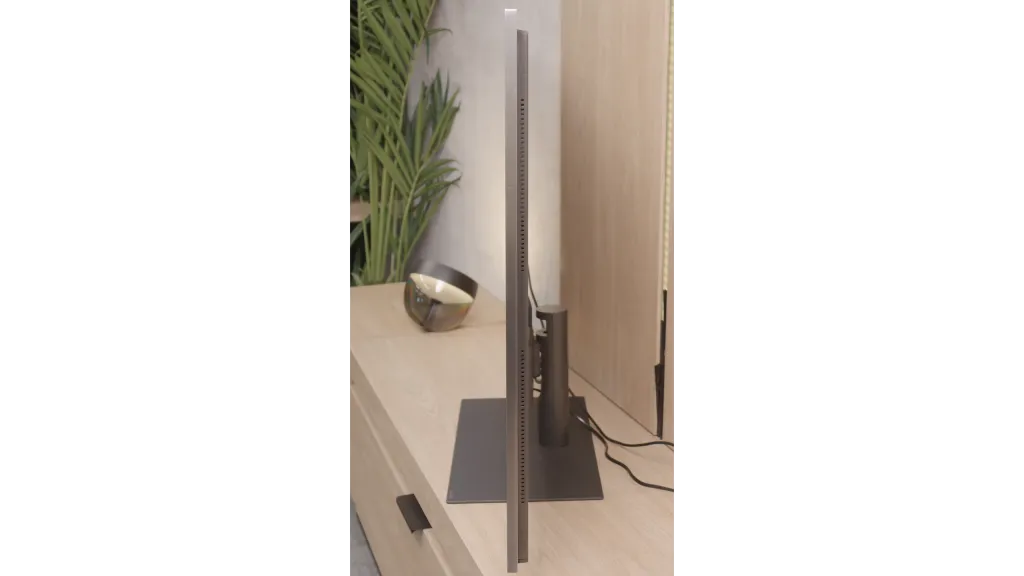
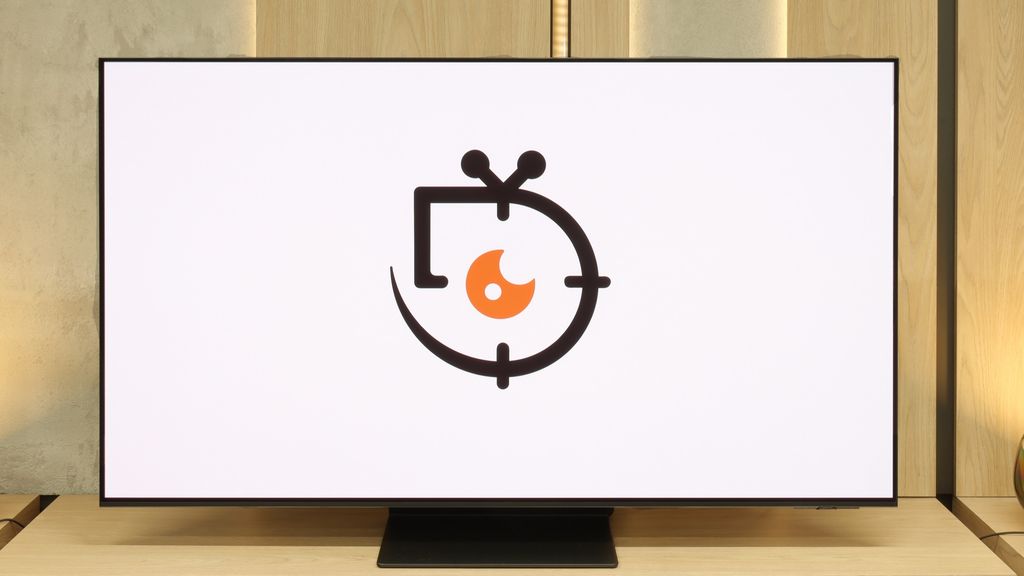
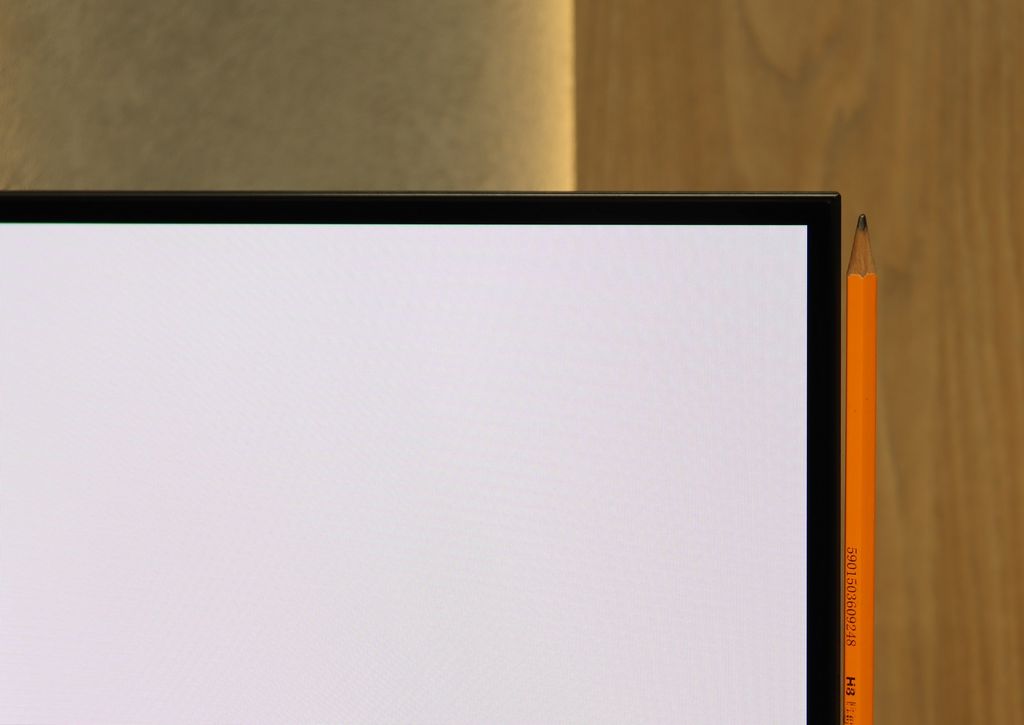
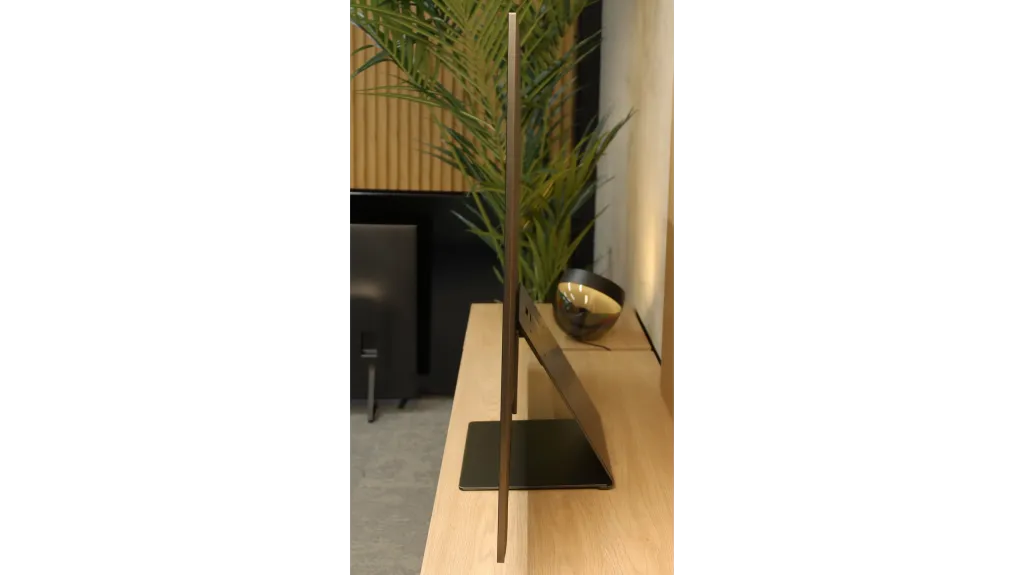
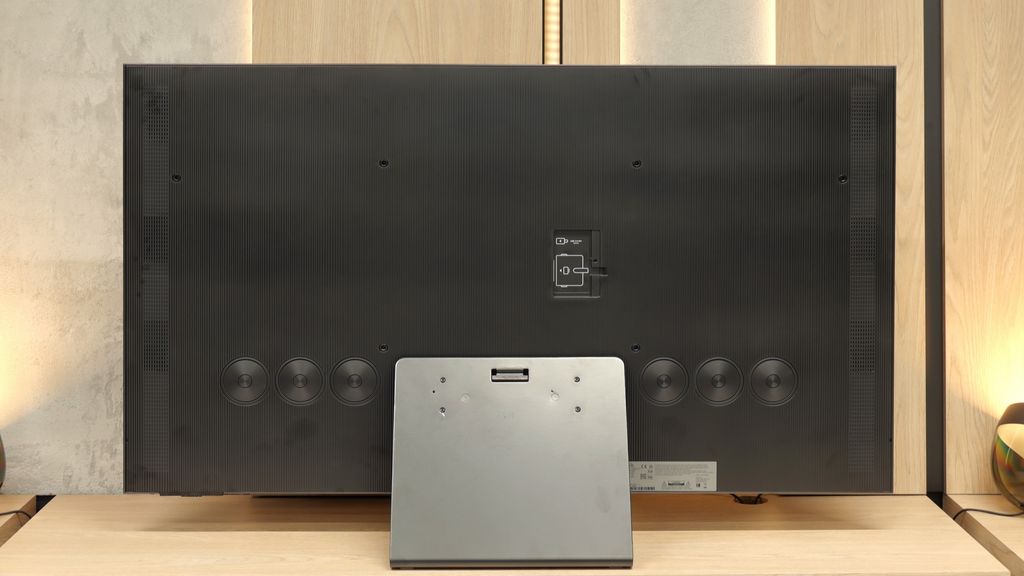
Contrast and black detail
10/10
10/10
Contrast:

Result
∞:1

Result
∞:1

Result
∞:1

Result
∞:1

Result
∞:1

Result
∞:1

Result
∞:1

Result
∞:1

Result
∞:1

Result
∞:1
Halo effect and black detail visibility:
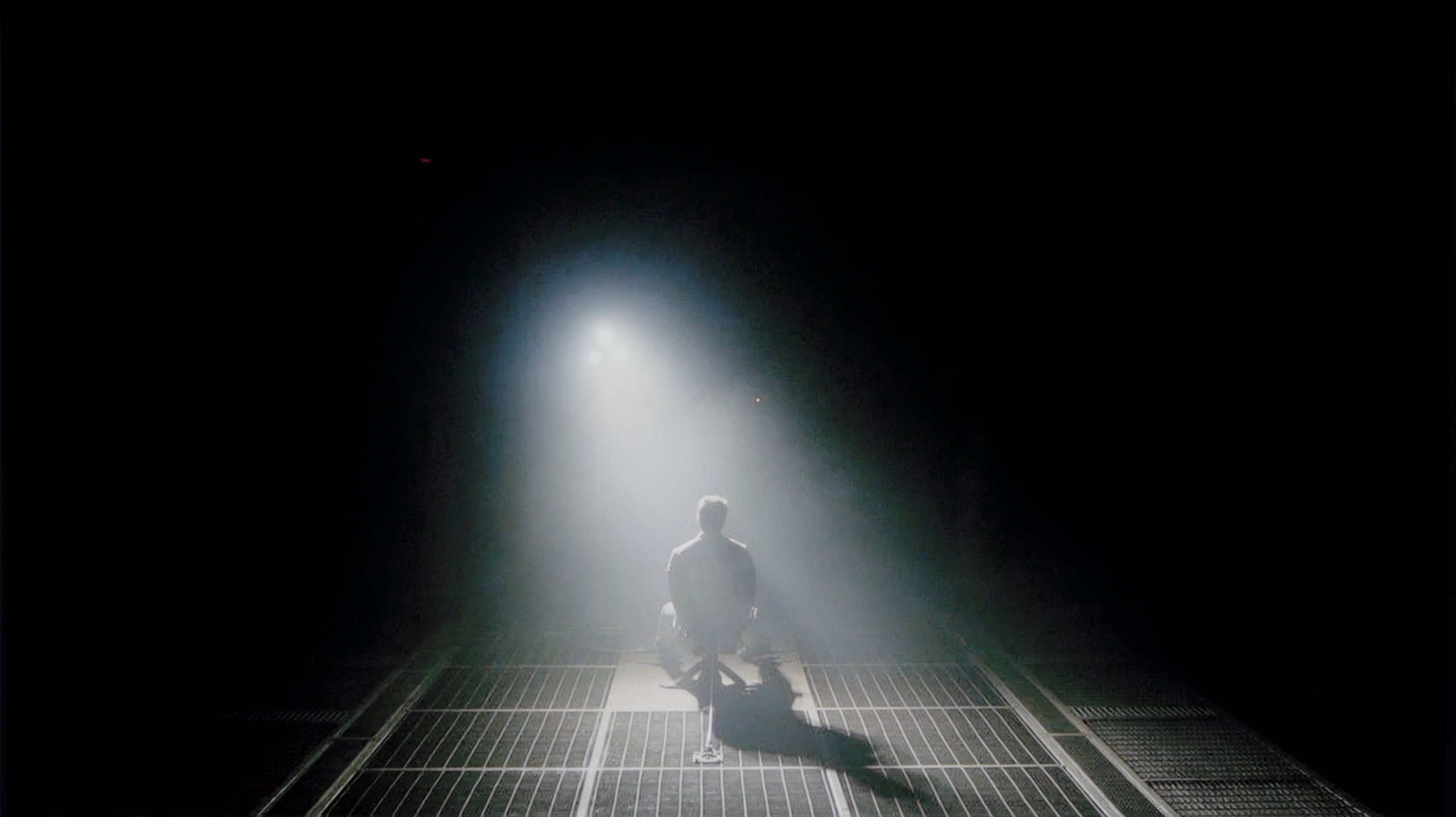

LG G5, as befitting an OLED television, impresses with its contrast and black quality. In scenes with a lot of dark areas, the screen looks almost perfect, offering deep, absolute black and infinite contrast – an effect that still cannot be achieved on any LCD television. The new Tandem OLED panel does not introduce any negative changes compared to previous generations – blacks are perfect regardless of the content. Watching scenes from movies like The Revenant or Oblivion, you can clearly see the excellent separation of lights, without any blooming effect or brightening of dark parts. In this category, the LG G5 deserves the highest rating.
The Samsung S95F with a QD-OLED panel demonstrates that when it comes to black levels and contrast, it's hard to find something better. Even the first test scenes prove that this television can dim the picture to absolute black while flawlessly representing even the smallest points of light. The effect is stunning – a sky full of stars looks like it's been transported directly from an observatory, and the cinematic darkness takes on depth and drama. Details in the shadows are preserved with reference-grade accuracy, which makes the experience of watching movies at home gain a new dimension.
HDR effect quality
9.1/10
8.7/10
Luminance measurements in HDR:

Result
2346 nit

Result
2353 nit

Result
2399 nit

Result
2353 nit

Result
2012 nit

Result
2044 nit

Result
2159 nit

Result
2167 nit

Result
2180 nit

Result
1427 nit
Scene from the movie “Pan” (about 2800 nits)


Scene from the movie “Billy Lynn” (about 1100 nits)


Static HDR10


Dynamic: Dolby Vision
Dynamic: HDR10+


HDR luminance chart:
SAMSUNG OLED S95F (QD-OLED)
HDR luminance
LG OLED G5
HDR luminance
Luminance of RGB colors
LG G5 with the new Tandem OLED panel brings the biggest change specifically in terms of the brightness of the television. And it’s quite impressive. This is truly an astronomically bright OLED. In every tested scene – whether it’s point lights or full-screen whites from the movie The Meg – the brightness on the G5 exceeded 2000 nits. Just a year ago, such values on an OLED were simply unimaginable. And here we are – the G5 comes close, and at times even surpasses the best Mini-LEDs on the market. A new feature of the Tandem OLED panel is the expanded color gamut coverage – and here the LG G5 performs almost perfectly. DCI-P3 achieves a full 100%, while BT.2020 maintains around 83%. These are some of the highest values currently available on the market – it’s hard to find any other television that comes close to such results, unless we are talking about the best displays with QD-OLED panels. The G5 has nearly reference-quality HDR – both in terms of brightness and color saturation. This is an OLED that can truly shine – and not just figuratively.
The new generation of QD-OLED panels in the Samsung S95F shows its full potential, and the brightness results are absolutely stunning. In test film scenes, such as "Life of Pi" or "Sicario 2," where smaller light elements appear – stars, the moon, or headlights – the TV was able to achieve over 2000 nits of brightness. This is a result that surpasses even most top Mini-LED models.
The secret lies in the technology itself – instead of a limited number of dimming zones like in Mini-LED TVs, we have millions of glowing pixels here, allowing the TV to fully showcase its power without technological compromises. Of course, since it is still an organic panel, in full-screen scenes flooded with white – like in the final sequence of the film The Meg – the brightness drops to around 1400 nits. Nevertheless, the result remains excellent and definitely exceeds what any OLEDs, both QD-OLED and WOLED, have offered so far. The color reproduction also deserves special attention. Thanks to QD-OLED technology, the TV achieves almost 100% coverage of the DCI-P3 color palette and about 80% in BT.2020. These values make the HDR image not only dazzling with brightness but also captivating with a richness of colors.
Factory color reproduction
7.8/10
6/10


Factory Mode
After calibration


Factory Mode
After calibration
Our test unit LG G5 struggled with some issues in the factory Filmmaker mode. And while the image might have seemed fine to most people, we knew that this TV was capable of much more. This mode had a clear excess blue tint in the white balance, resulting in a strong cooling of the image – particularly in HDR modes, where there was also a lack of red. The picture seemed cold, and its sharpness was artificially boosted and unnatural. Another significant issue was the brightness characteristic. In SDR content, the situation wasn't the worst, aside from a slight dimming of the entire image. However, it performed much worse in HDR materials – due to improper brightness management, the smallest details could completely disappear from the image, and larger, bright elements appeared overexposed and lacking gradation. Luckily, the G5 supports calibration using 3D LUT (a tool for professionals to calibrate colors), so we decided to take advantage of its professional background and see what it was really capable of. Because while it wasn't terrible even before calibration, the potential of this TV definitely deserved more.
The best picture mode right out of the box is undoubtedly Filmmaker Mode – a mode that Samsung has been using for several years, designed to faithfully represent the creators' intentions. In SDR content, its implementation is not bad, although some imperfections can be noticed. The picture is slightly dimmed, and the screen has a slight pinkish tint resulting from the predominance of red and blue in the white balance. Color errors remained at a level of 3–4 ΔE units – and for the uninitiated: a value above 3 is the threshold where the average human eye begins to notice differences.
However, much larger problems arise in HDR content. Here, the white balance was not such a significant issue – a slight excess of blue did not cause major problems. The issue became managing brightness. In practice, the TV "overexposed" the image too much, causing details in the blacks to completely disappear. The final effect was far from what was expected, and the color errors in this mode became really large. It's hard to say why such a design decision was made, but it was clear that the factory HDR settings did not allow this TV to showcase its full potential.
Color reproduction after calibration
9.8/10
9.4/10




After completing the calibration process using professional tools, we can confidently state that the LG G5 offers nearly reference-quality image. Most of the errors related to white balance and the ColorChecker test are below the value of 2, which is a phenomenal result, practically imperceptible to the human eye. And while one could still criticize that in HDR films the television tends to slightly dim the smallest elements of the image, in practice, this does not negatively affect the overall impression. Hats off to LG, because once again they provide the user with enormous possibilities for adjusting their display – and this, combined with very good parameters of the panel itself, results in an image that is truly hard to surpass.
After calibrating, it was possible to make subtle adjustments in white balance and significantly improve the image characteristics. In SDR content, the quality has become practically reference-level—most color errors have fallen below a ΔE value of 1, which is the level at which the human eye can no longer detect differences. This is a result that places the S95F among the absolute top televisions available on the market.
In HDR materials, calibration also brought significant improvement. The tendency of the television to overexpose the image was successfully controlled, as confirmed by the analysis of the EOTF curve. A slight tendency to brighten the entire scene or occasional loss of details in the blacks can still be observed; however, it does not significantly impact the overall perception. After calibration, the S95F showcases its full potential and can be described as one of the best televisions on the market!
Smoothness of tonal transitions
8.5/10
8.9/10












The smoothness of tonal transitions in the LG G5 is a clear step forward compared to last year's model. Not only has the brightness improved, but also the way colors blend, which the G4 sometimes struggled with. In the vast majority of scenes, the G5 has no issues with tonal transitions – there is no typical banding associated with WOLED technology, nor ugly breaks between colors. Of course, in very dark areas of the image and with shades of gray, minor imperfections can still be noticed, but these are things that the average viewer wouldn't even register. In short – it's really good.
The Samsung S95F with QD-OLED panel handles tonal transitions really well. It's hard to find any serious issues here – the color gradation is smooth, and the image looks natural. Only in very dark scenes and shades close to black can you notice slight imperfections, but they don't matter much in everyday viewing. The overall impression is that the smoothness of the transitions is at a very high level and does not distract the viewer's attention.
Image scaling and smoothness of tonal transitions
8.7/10
7.5/10
Smooth transition function
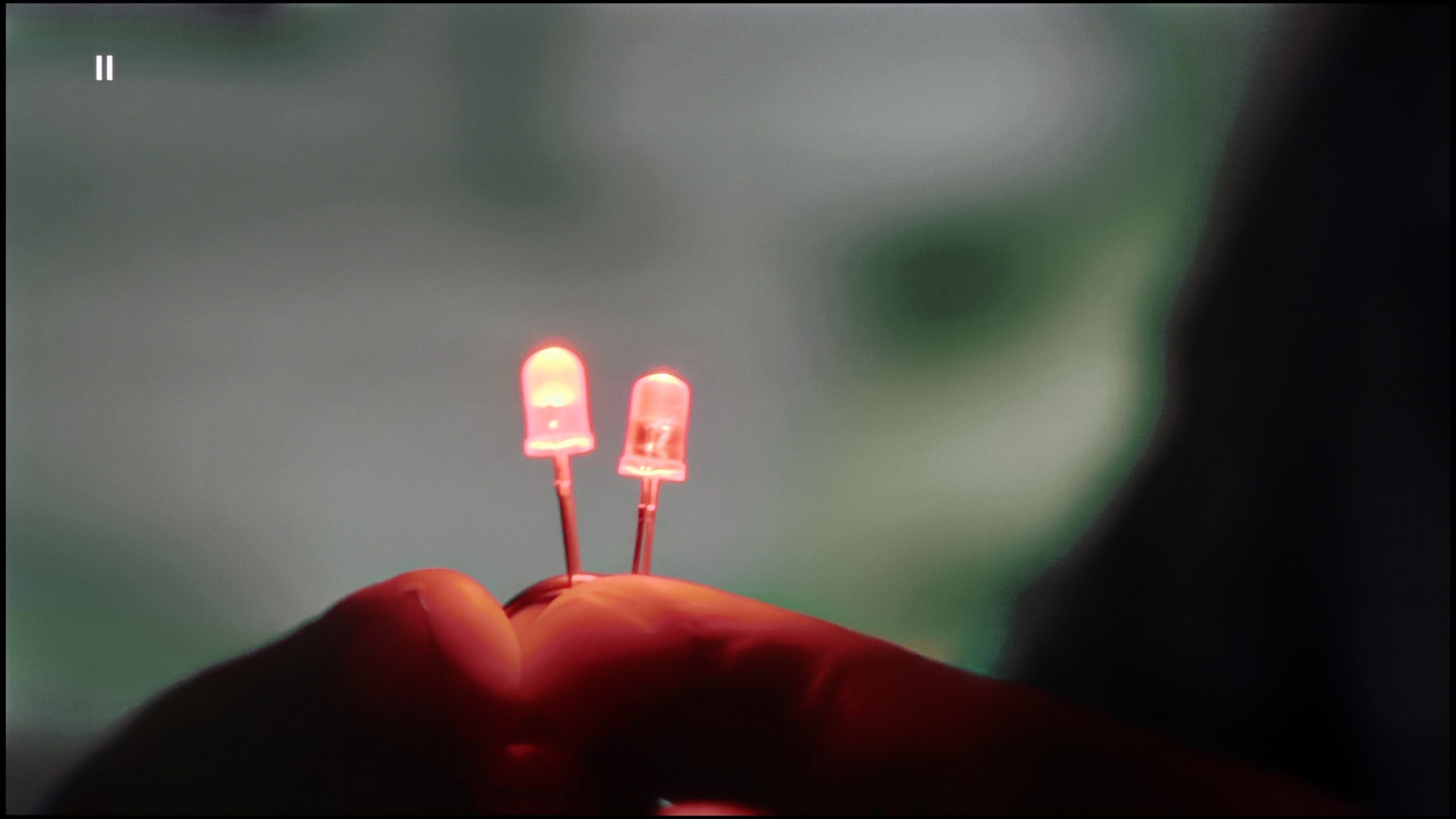
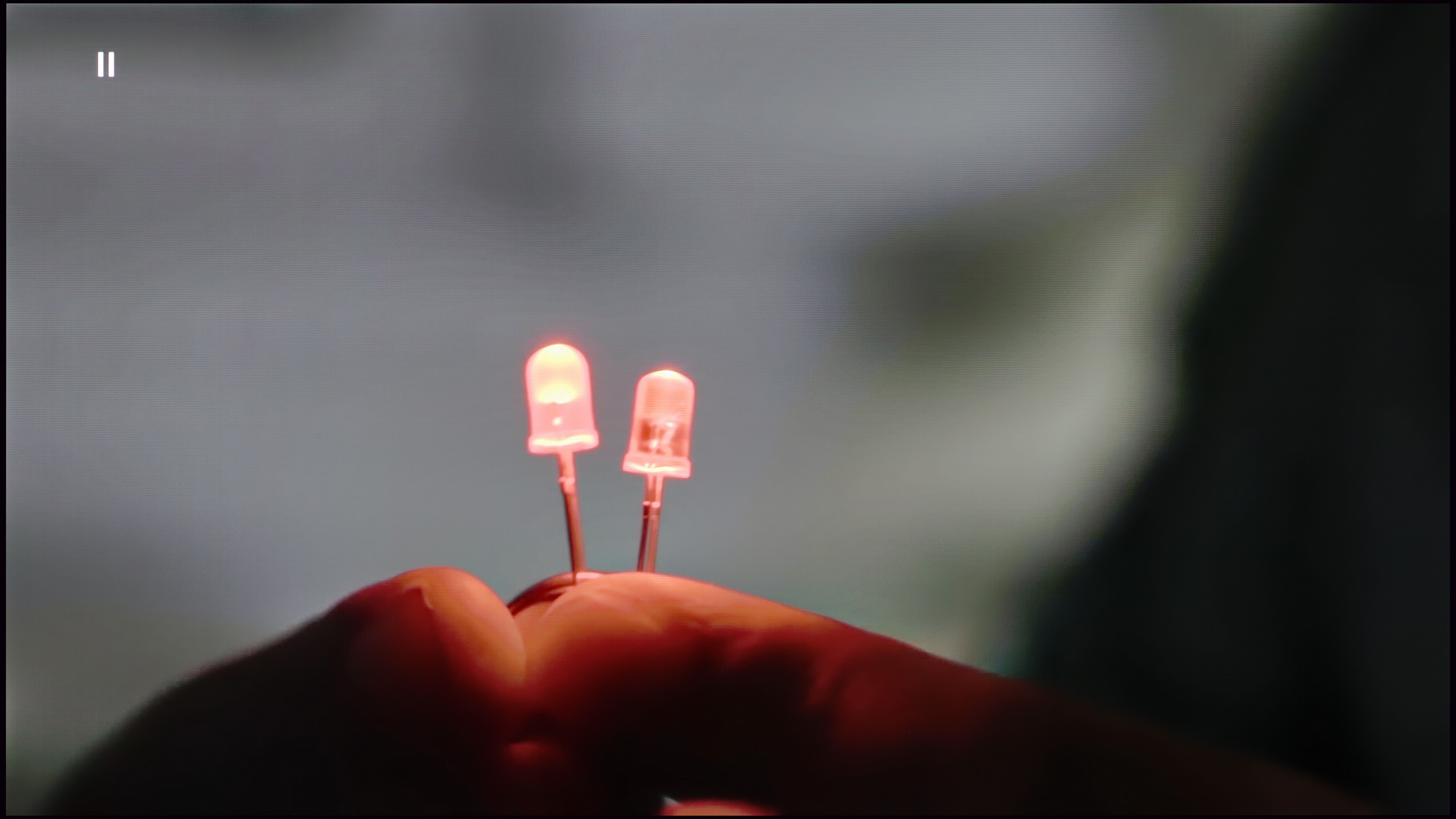
Image without overscan on the SD signal


Upscaling and digital image processing in the LG G5 perform very well. The television handles lower quality content exceptionally, especially when the "Smooth Gradation" feature is set to a low level. In this mode, it effectively removes unwanted artifacts and issues with visible tonal transitions. It may also slightly smooth out some desired details, such as the subtle texture of clothing or skin, but importantly – it does not remove film grain, so it’s hard to say there’s a serious compromise here. It’s one of those options that’s definitely worth enabling.
The G5 also does well with upscaling, which is improving the quality of older materials. The test image with the model looked really solid – slight edging was visible, but that’s an effect that can’t be completely avoided. Additionally, there were no issues with overscan, which – contrary to appearances – is not obvious, even in 2025.
The Samsung S95F offers a noise reduction feature that smooths tonal transitions. It works very effectively, but in practice, it can be too aggressive. Materials of lower quality – such as older recordings or videos from YouTube – become soft and plastic when this feature is turned on, resembling an image digitally smoothed in a graphics program. Unfortunately, this also causes the natural film grain, which often adds authenticity to the image, to disappear. Fortunately, the TV does not lose too many fine details, such as in skin textures or elements of the surroundings. Therefore, this feature is best used with caution – depending on preferences, one can achieve a smooth image, but less natural, or one that is more faithful to the original. In our opinion, the most universal choice is the “Standard” setting.
The image scaling performs significantly better. The TV handles lower resolution materials well – even 576p content looks quite decent, although a slight blockiness can be noticed. Overall, the effect is very good, although it is somewhat inferior to what Sony Bravia 8 (II) or LG G5 can achieve. It's also worth mentioning a small imperfection of the S95F – in older materials, overscan may occur, causing a slight cropping of the left edge of the image.
Blur and motion smoothness
8.5/10
8.5/10
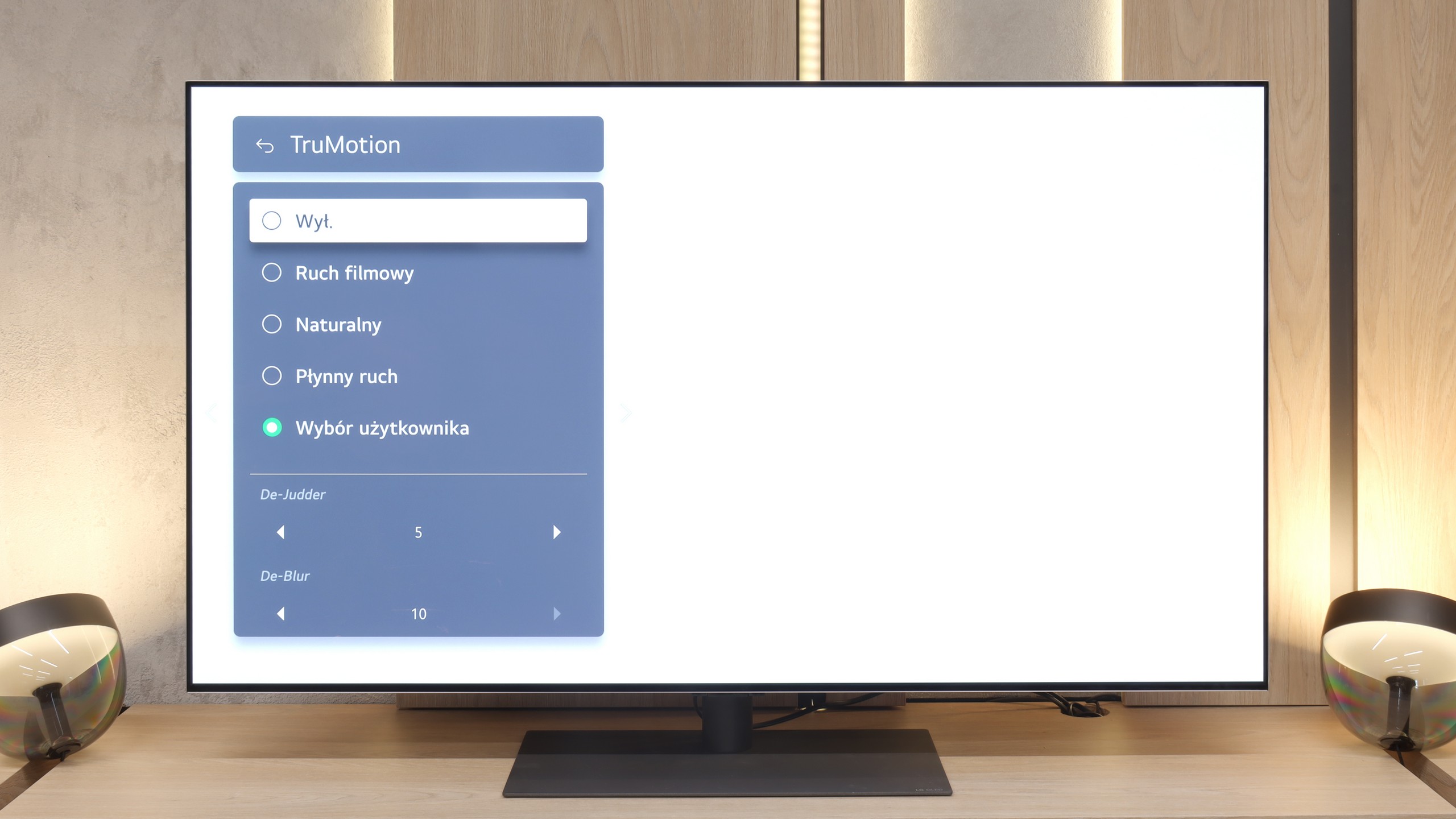
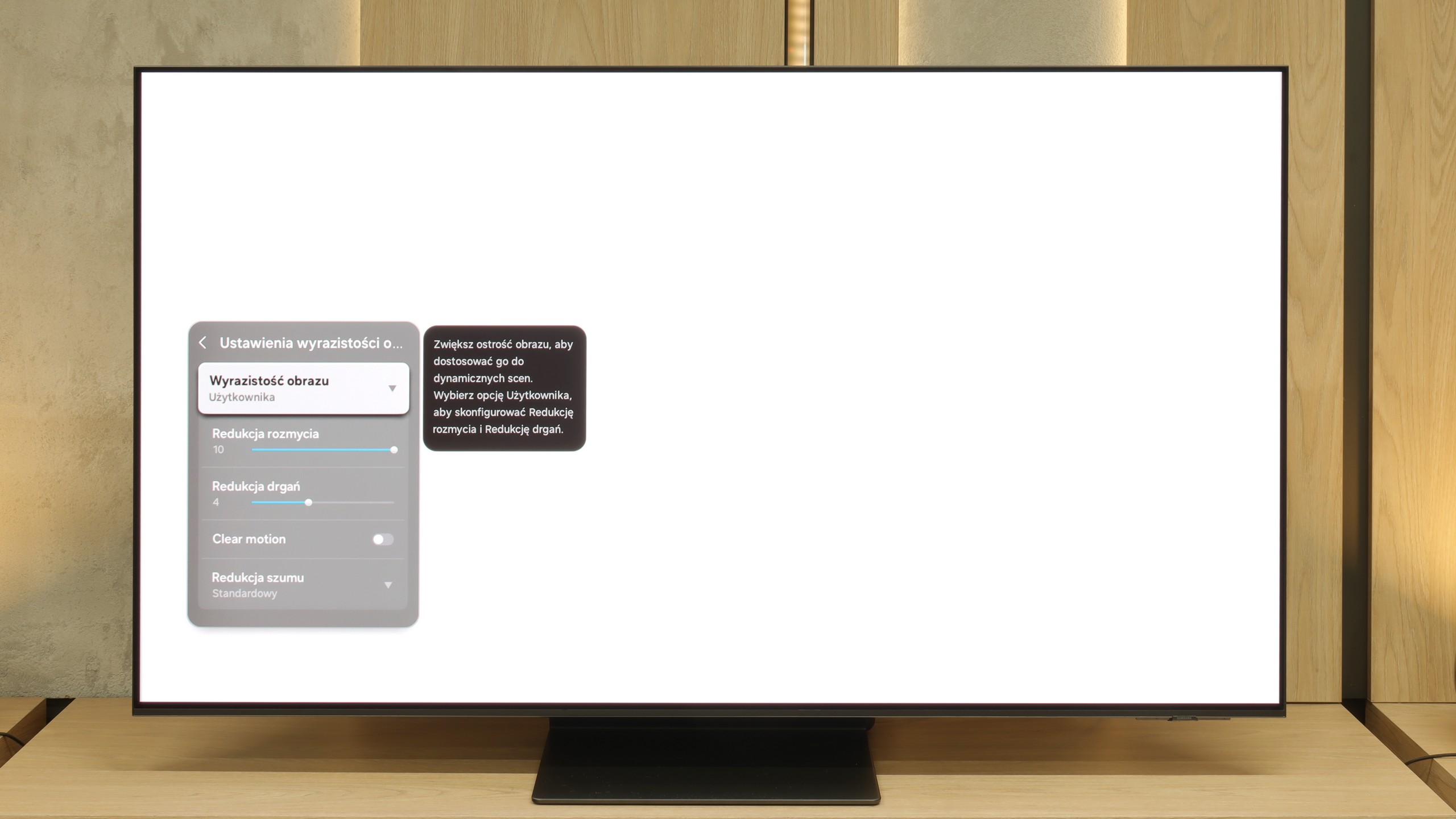
Blur (native resolution, maximum refresh rate):






Blur (BFI function enabled):
Image flickers in this mode



Image flickers in this mode



Smużenie (4K 165Hz):



Smużenie (4K@165Hz):



The motion fluidity on the LG G5 is simply phenomenal. The TV is equipped with a 165 Hz refresh rate panel, and this combined with the instantaneous response time of the OLED matrix delivers incredible results. The picture doesn’t stutter or smear like on classic LCD TVs. Like most LG models, the G5 features a motion smoother, which can be useful when watching movies – of course, we're talking about the TruMotion mode. With the “De-Blur” and “De-Judder” sliders, we can adjust the smoothness of older material according to our preferences, whether we want to preserve the characteristic film stutter or move towards a more fluid, television-like effect.
The Samsung S95F demonstrates phenomenal motion fluidity. The panel itself operates at a native 4K resolution with a refresh rate of up to 165 Hz, and combined with QD-OLED organic technology, it delivers incredible results. Sports and games look amazing – the image is fast, dynamic, and very natural. Additionally, the built-in motion smoother and motion blur reduction system allow you to adjust the character of the image to your preferences. You can opt for a more "frame" effect with visible film structure or a smooth, theatrical performance. Every viewer will find a setting that suits them.
Console compatibility and gaming features
10/10
9.6/10
- ALLM
- VRR
- VRR range40 - 165Hz48 - 165Hz
- Dolby Vision Game Mode
- Correct implementation of HGIG
- 1080p@120Hz
- 1440p@120Hz
- 4K@120Hz
- Game bar
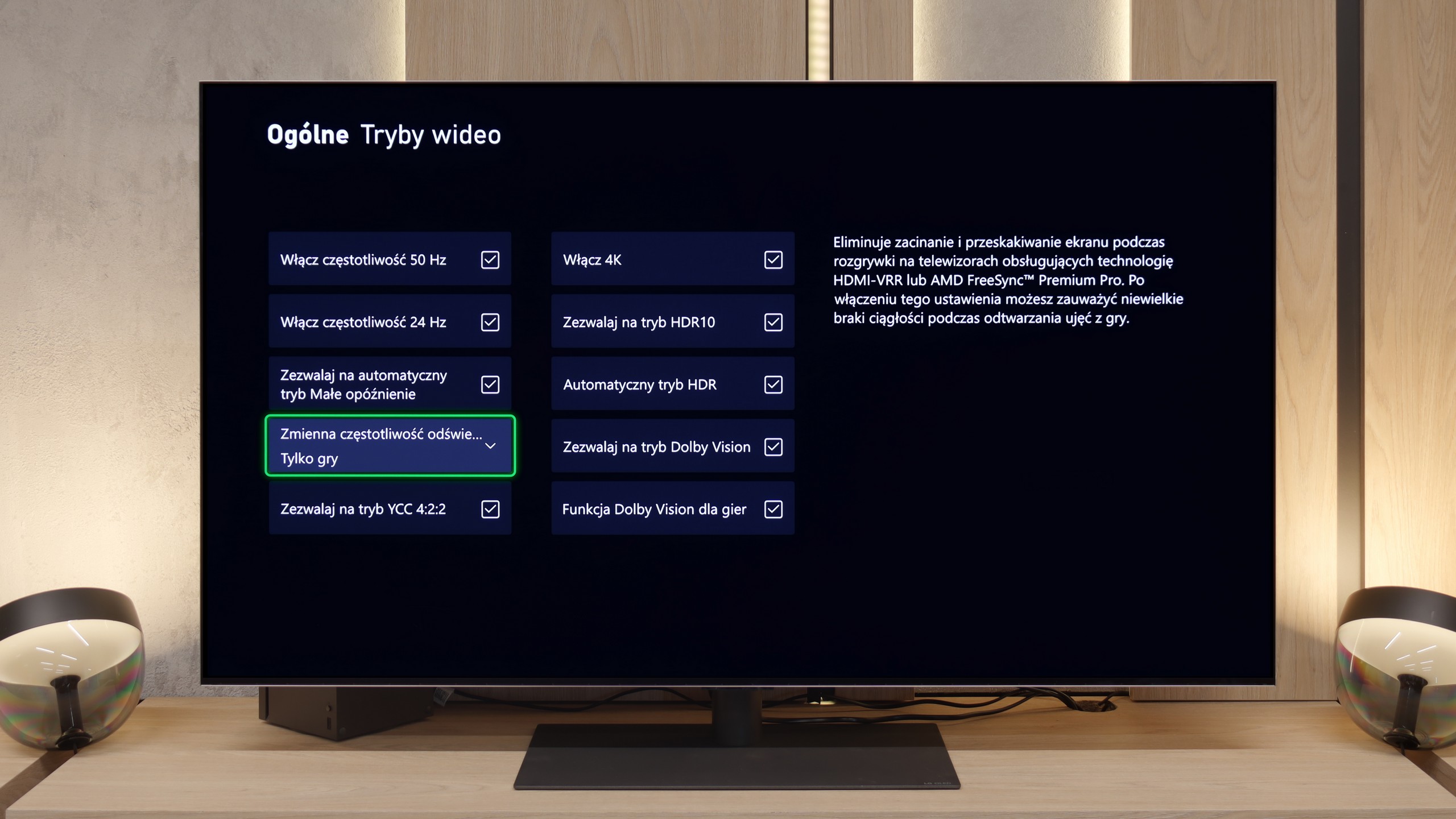
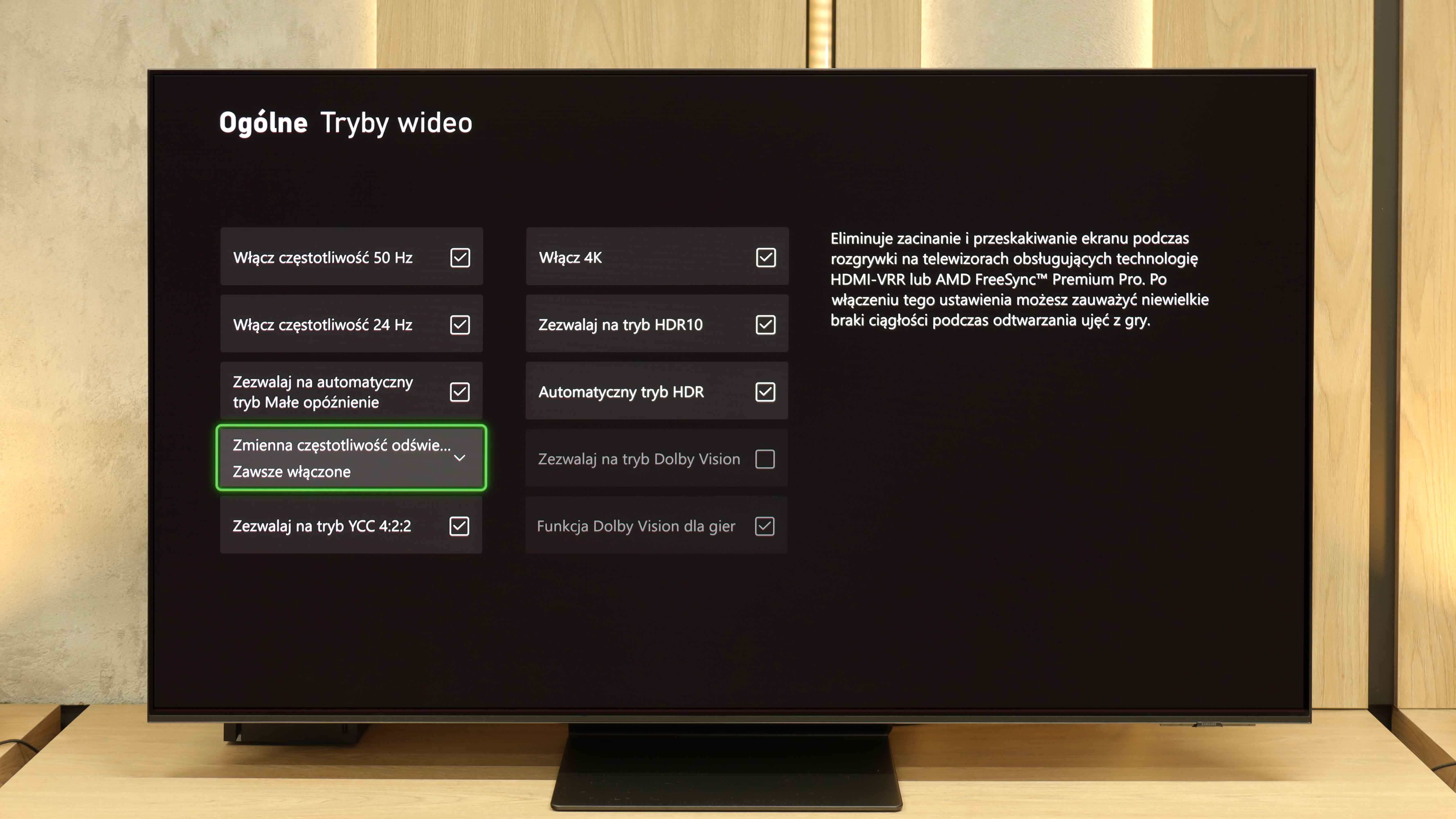
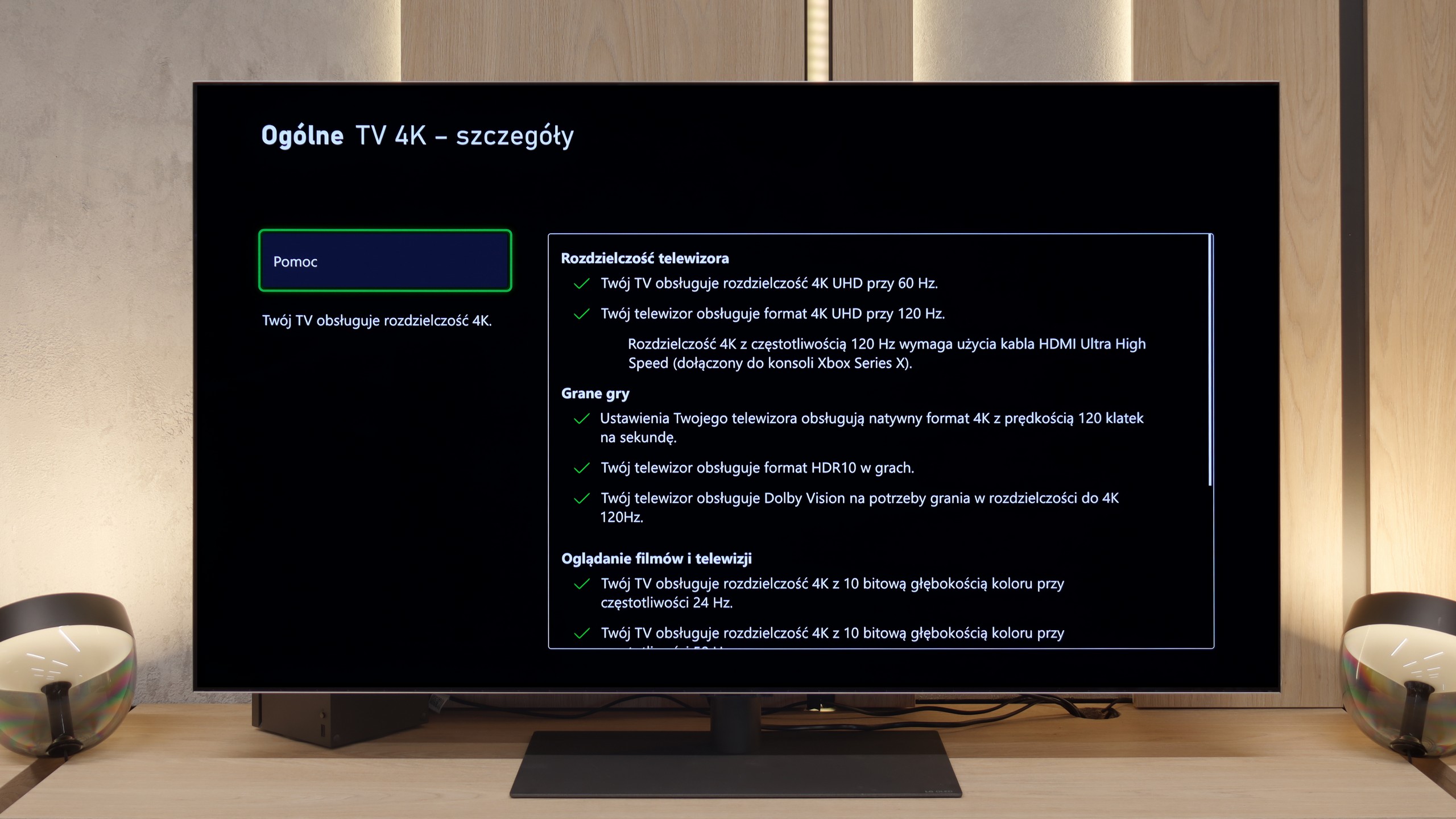
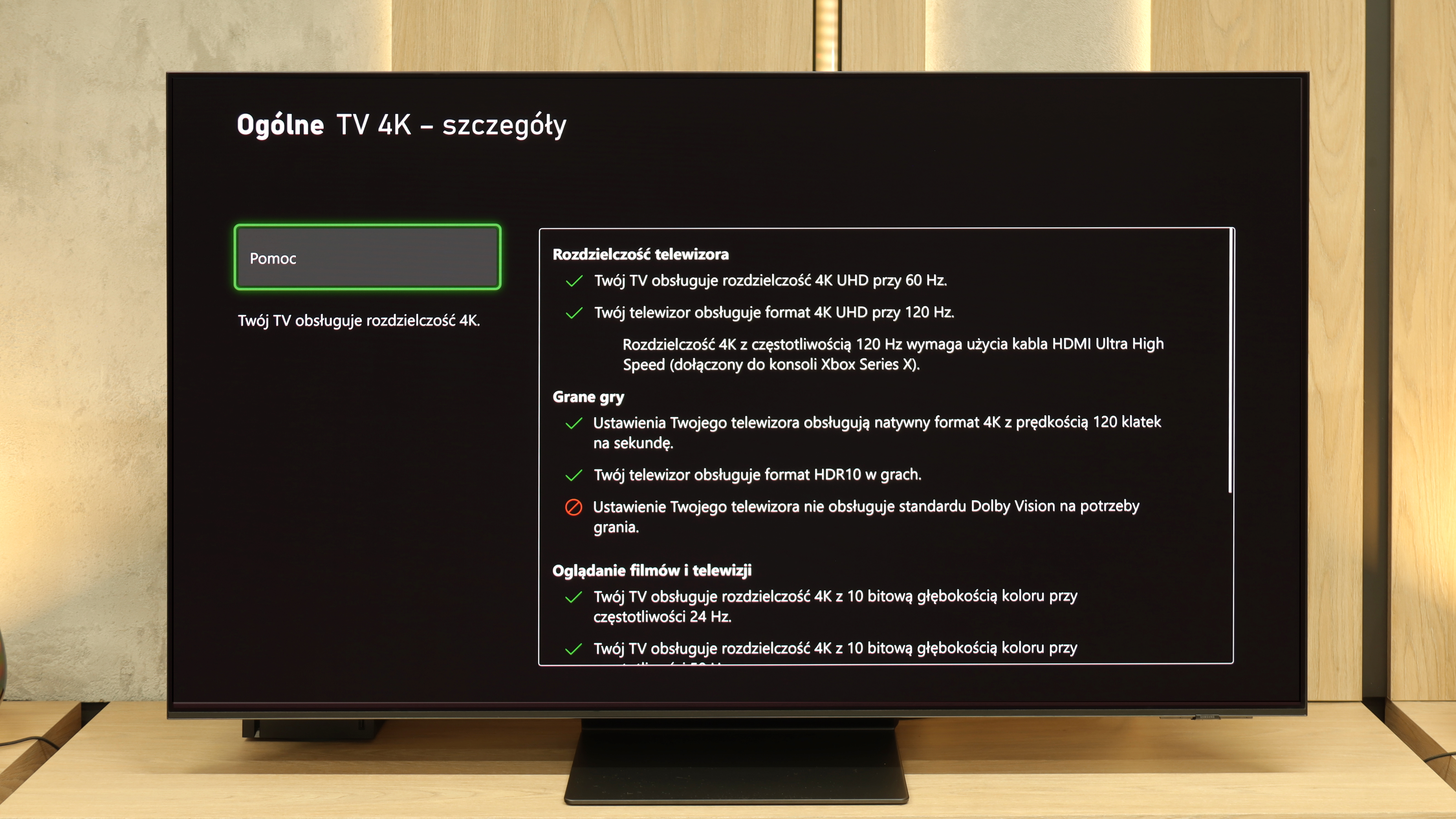
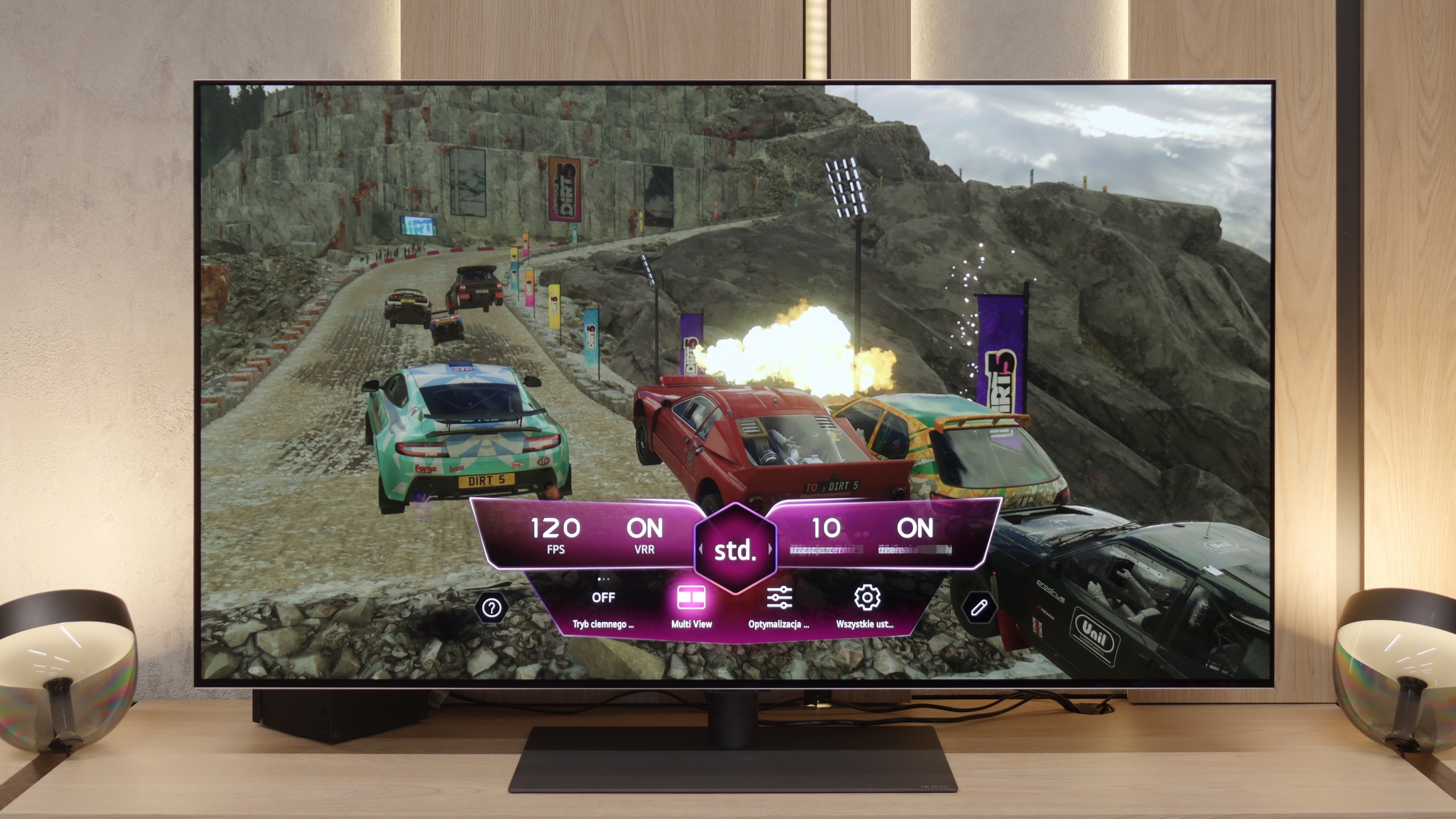
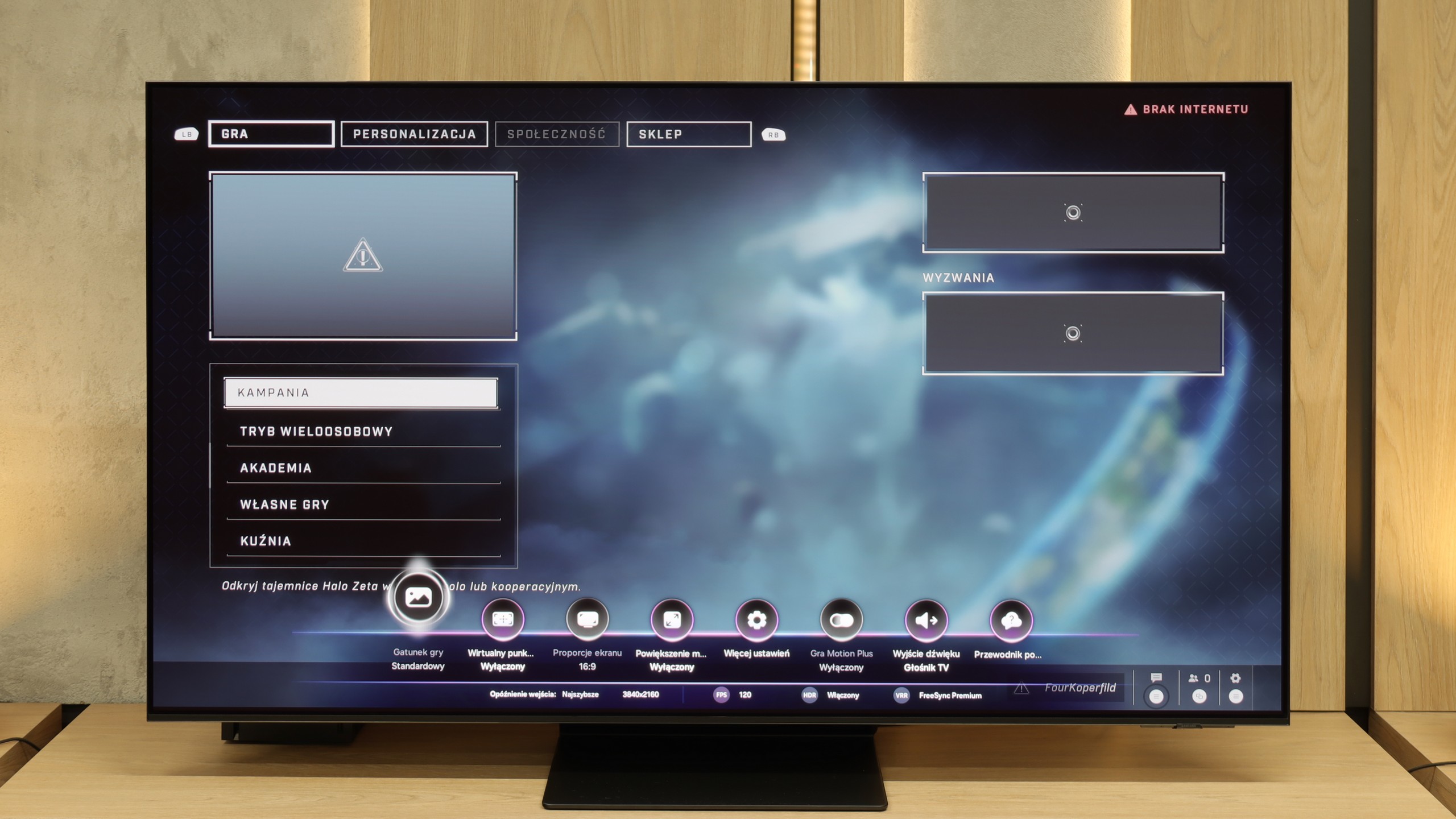
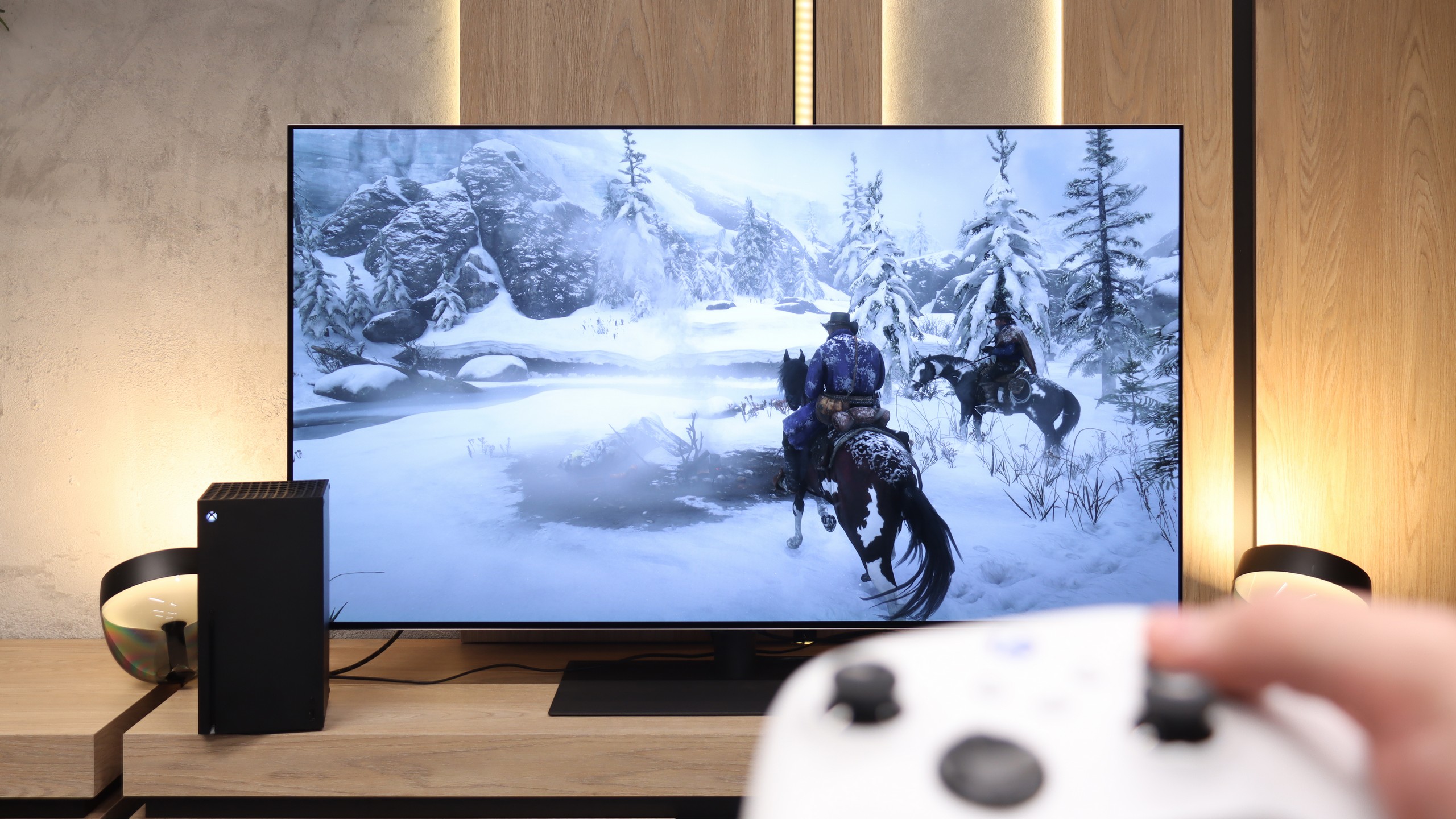
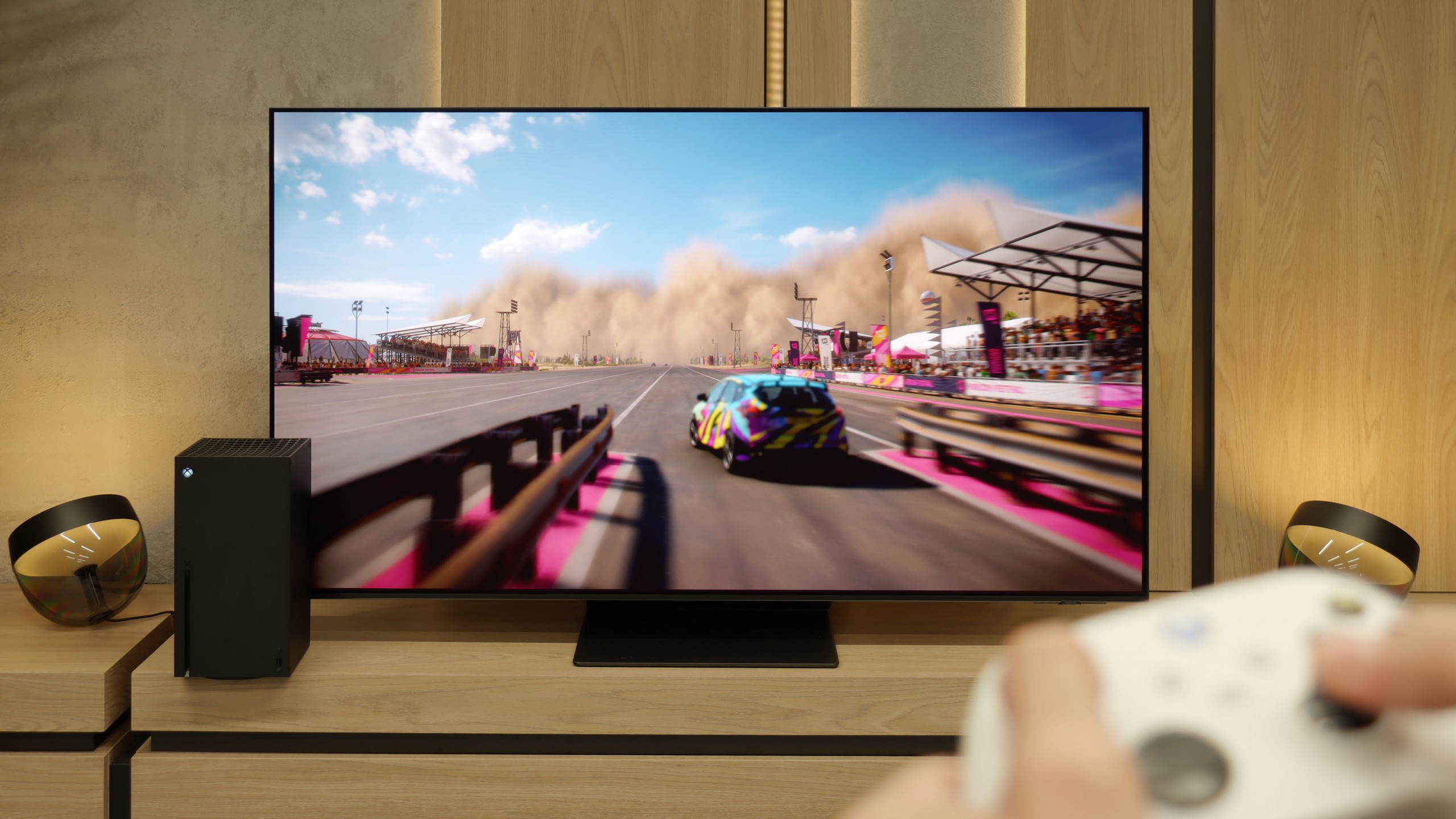
Features for gamers? Perfect. That should be enough for you to know what level we are dealing with here. G5 is a television designed with gamers in mind, so we find literally everything one can expect from a gaming screen. There is Game Bar, support for high resolutions with high refresh rates – that is, 4K at 120 Hz, and even more, because the panel has a refresh rate of 165 Hz (which PC gamers will benefit from). The television supports variable refresh rates (VRR), automatic low latency mode (ALLM), and correctly supports HDR in games thanks to HGiG. All of this adds up to one of the best sets of gaming features available on the market. Well done, LG.
The same advantages of low motion blur and excellent motion fluidity characteristic of OLED panels are just the beginning, as the Samsung S95F was designed with gamers in mind. The manufacturer has equipped it with four HDMI 2.1 ports – although limited to a bandwidth of 40 Gb/s, in practice, this has no impact on compatibility with consoles or PCs. We get a complete set of gaming features: variable refresh rate (VRR), automatic game mode (ALLM), as well as a very well-implemented HGiG standard, which allows HDR titles to appear as their creators intended. The whole thing is complemented by the Game Bar – a clear settings hub where we can preview and change all key picture parameters with one movement. The proprietary motion smoother Game Motion Plus also deserves praise, as it can smooth out animation, which is particularly useful in productions running at 60 frames, where stability is not always exemplary. Although support for Dolby Vision in games is lacking, it is hard to consider this a serious drawback – Samsung compensates for it with other solutions. This is one of the best, if not the best, gaming TVs available today on the market.
Input lag
9.9/10
10/10
SDR
HDR
Dolby Vision
The input lag on the LG G5 is incredibly low. The response time to our actions – whether we're playing with a controller, keyboard, or mouse – is almost perfect. The controls are instant, and the game reacts exactly when we expect it to. The Dolby Vision Gaming mode does introduce slightly higher delays, but even then it's hard to complain about anything – in the worst case, the values hover around 20 ms, which for most players will be practically unnoticeable.
The input lag in the S95F is at a level where it's hard to even talk about delay. 5 ms with 120 Hz content means there’s no room for hesitation between pressing the button and the response on the screen. It’s pure immediacy. And if someone is concerned about the 60 Hz mode – no worries, there we’re talking about 10 ms, which is still a value that places the television among the absolute top and doesn’t give any reason for complaints.
Compatibility with PC
8.8/10
8.8/10
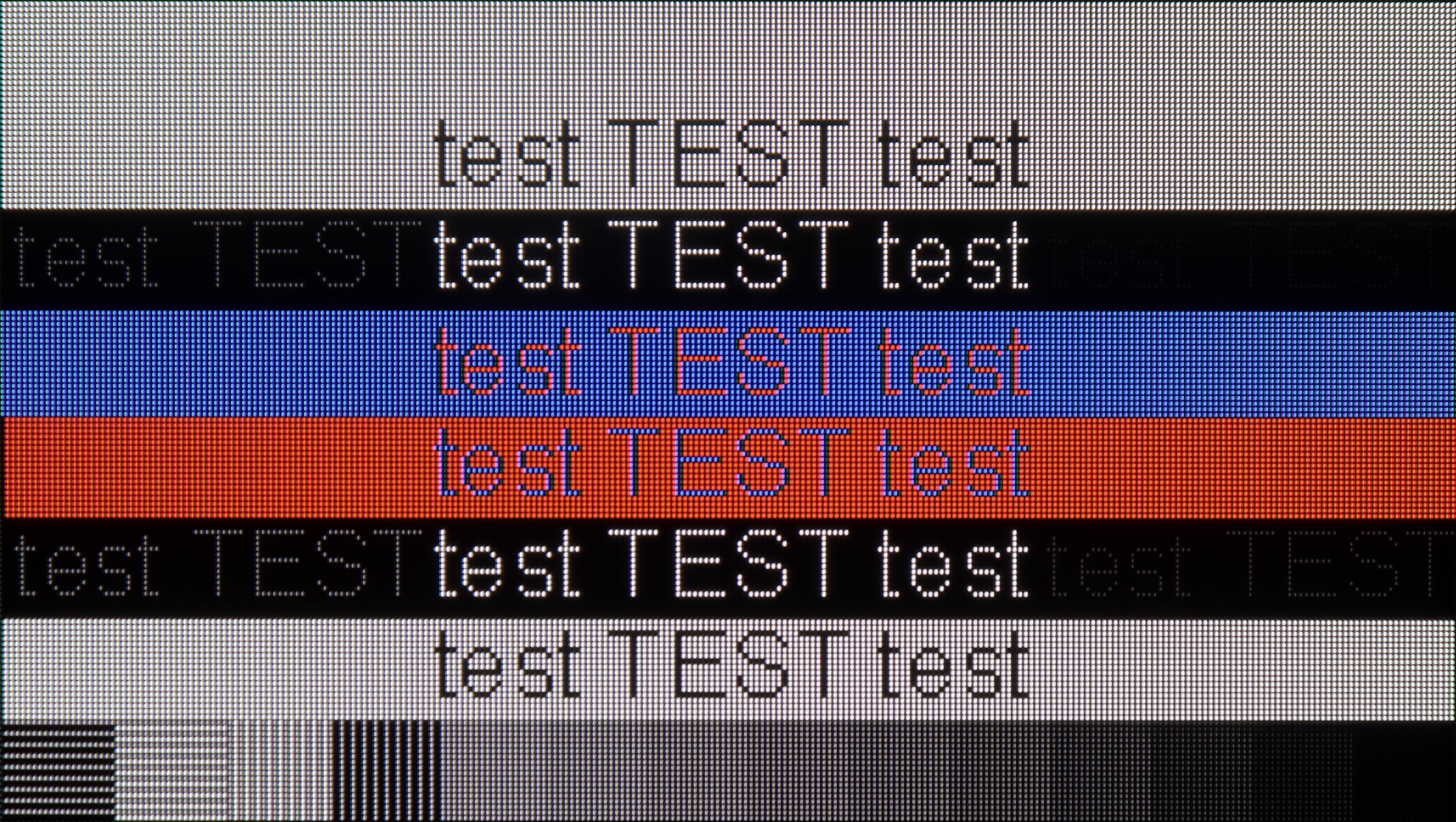
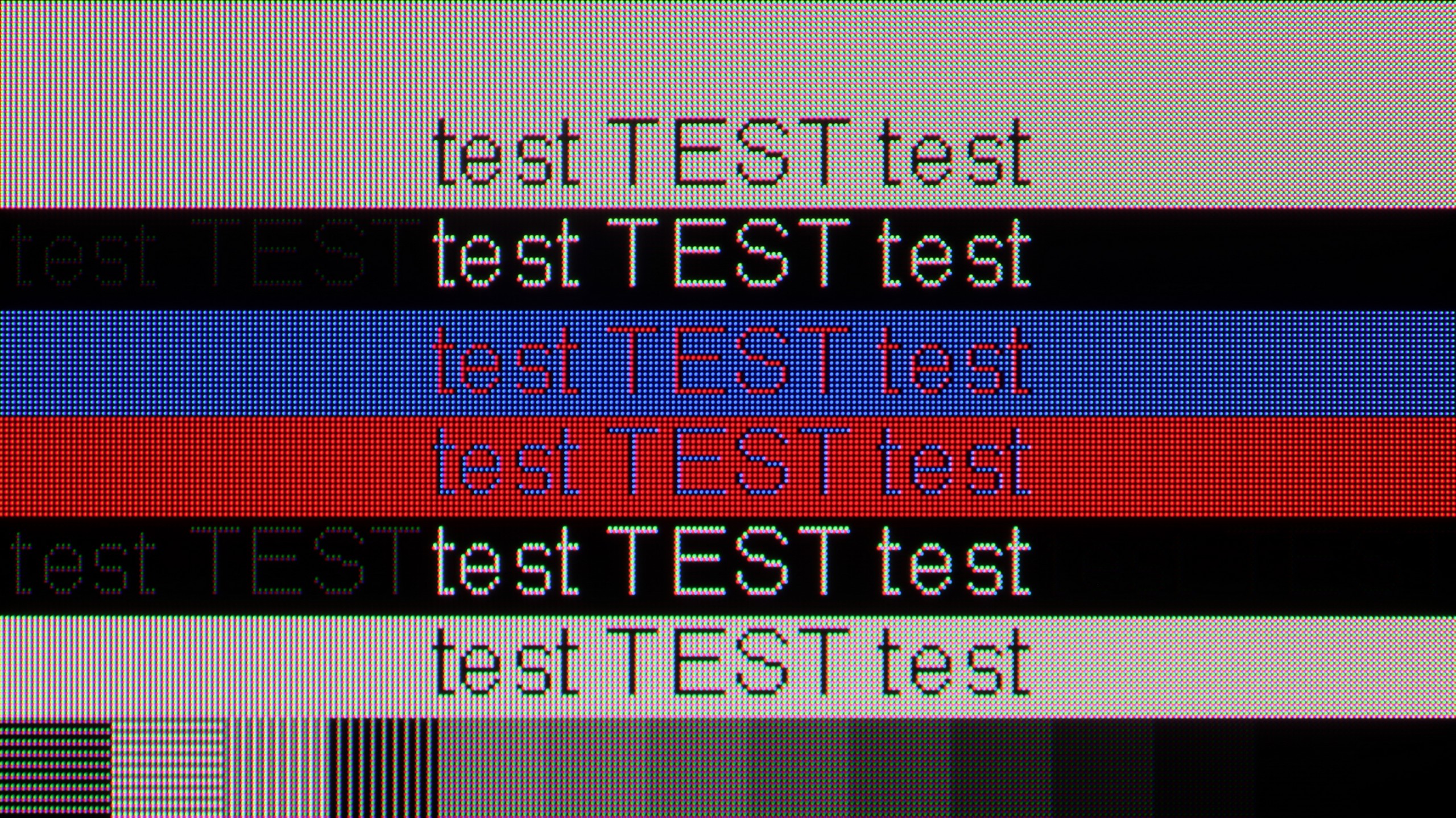
Collaboration with a PC? Almost ideal. The television, as we mentioned earlier, has great features for gamers – including those using a PC. On board, we find full G-Sync certification, a 165 Hz panel, and a super-fast input lag of around 5 ms. Thanks to the correct implementation of chroma 4:4:4, fonts are very readable – both the smallest and the largest. Although due to the WRGB subpixel layout, there may be slight shadows around the characters, for most users this effect will be virtually unnoticeable. The G5 performs excellently as a screen for work, entertainment, and gaming – also from a computer.
S95F with QD-OLED panel is a real magnet for PC gamers. The 165 Hz refresh rate combined with virtually unnoticeable input lag and full support for G-Sync and FreeSync makes the TV operate like a high-end monitor. Dynamic action games, shooters, and racing games gain fluidity and responsiveness that are hard to find in competing models. While working with text, one can notice a subtle rainbow halo around the letters, characteristic of the subpixel arrangement of QD-OLED, but thanks to proper handling of chroma 4:4:4, everything remains readable and does not interfere with daily use.
Viewing angles
7.5/10
9.8/10
The viewing angles on the LG G5 are very good, mainly due to the use of the WOLED matrix. It's hard to find something to complain about here – the image does not significantly lose brightness or quality even when we look at the screen from the side. However, it must be fairly noted that there is some regression compared to the G4 model. The predecessor used an MLA matrix with micro-lenses, which offered slightly better light distribution. Also, compared to QD-OLED matrices, the angles are worse. Nevertheless, the overall viewing experience at an angle remains very good and should not be an issue in everyday use.
The Samsung S95F with a QD-OLED panel currently offers some of the best viewing angles on the market. Whether we are sitting perfectly straight or on the side of the couch, the image remains consistent – colors do not lose intensity, and contrast does not deteriorate. This is a screen where it's hard to find a weak point in this category.
Daytime performance
8/10
7.1/10
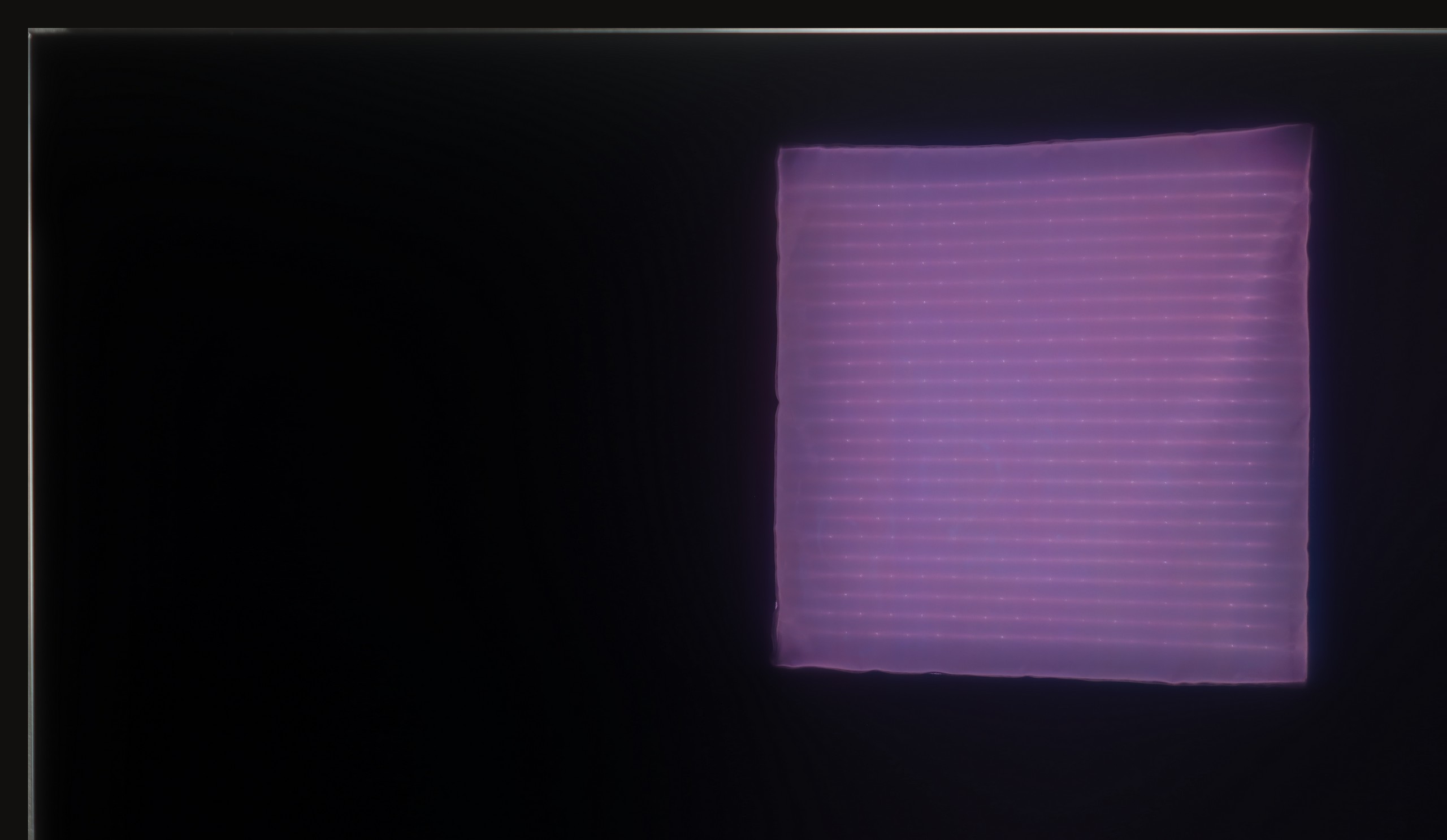
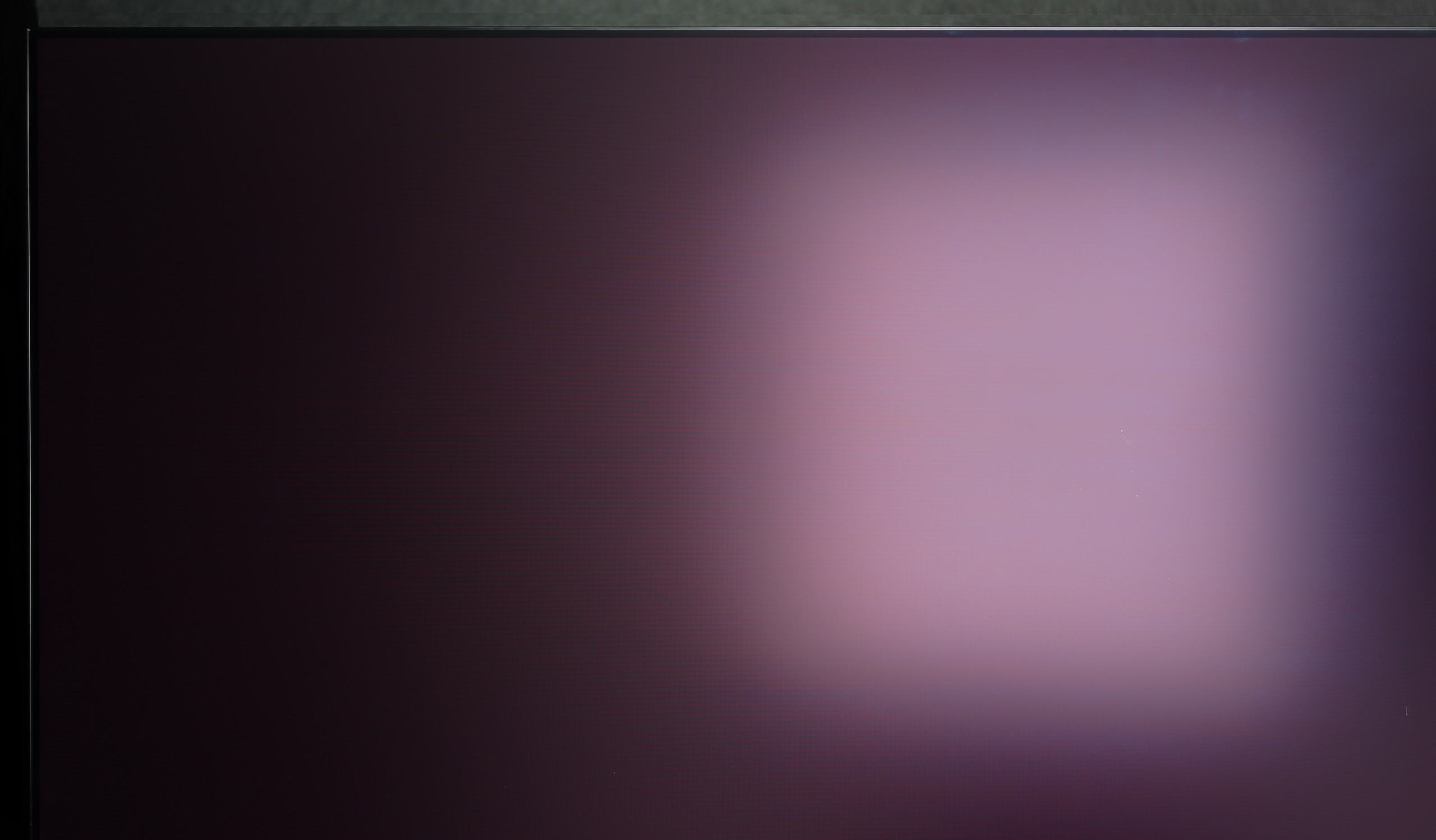


Panel brightness
Average luminance SDR
SAMSUNG OLED S95F (QD-OLED): 671 cd/m2
LG OLED G5: 810 cd/m2
The LG G5, thanks to its very high brightness, performs excellently in bright rooms. Even with SDR content, the average brightness value is around 800 nits, which is significantly more than in standard televisions. It can easily handle a bright living room. Although the panel averages out reflections, it still maintains significantly better black levels and colors during the day than QD-OLED panels or matte-coated screens. The G5 will perform well in very sunny rooms—unless you really can't stand reflections on the screen. In that case, you will need to use blackout shades or consider buying a television with a matte screen.
One of the biggest distinguishing features of the Samsung S95F compared to the competition is the matte screen coating. This solution performs best on the market in suppressing reflections and glare—images remain clear even in a brightly lit living room. However, it's important to remember that the characteristics of the QD-OLED panel come with a certain compromise. Under intense light, blacks can brighten, taking on a shade of cherry black, which affects color saturation. On the other hand, the brightness of the panel, reaching around 700 nits in SDR mode, is fully sufficient for the TV to perform flawlessly in typical daylight conditions.
Panel details
Subpixel Structure:
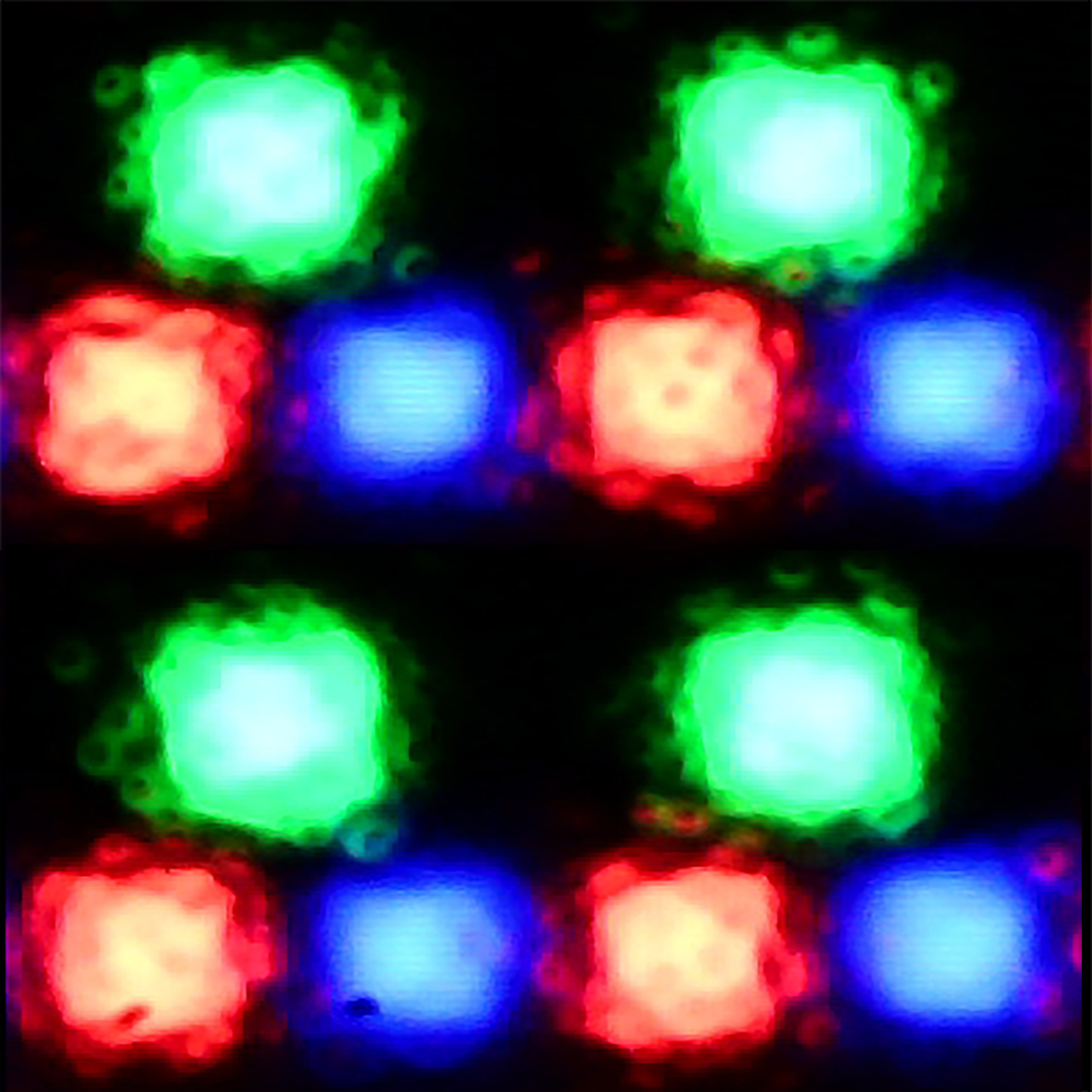
Panel uniformity and thermal imaging:


TV features
8.5/10
7.9/10
- HDMI inputs0 x HDMI 2.0, 4 x HDMI 2.1 48Gbps0 x HDMI 2.0, 4 x HDMI 2.1 40Gbps
- Other inputsIR (remote)
- OutputsToslink (Optical audio), eARC (HDMI), ARC (HDMI)Toslink (Optical audio), eARC (HDMI), ARC (HDMI)
- Network InterfacesWi-Fi 2.4GHz, Wi-Fi 5GHz, Ethernet (LAN) 100MbpsWi-Fi 2.4GHz, Wi-Fi 5GHz, Ethernet (LAN) 100Mbps
- TV receptionDVB-T, DVB-T2, DVB-S, DVB-S2, DVB-CDVB-T, DVB-T2, DVB-S, DVB-S2, DVB-C
Classic features:
- Recording to USB (terrestrial TV)
- Recording programming
- Picture in Picture (PiP)
- RF remote control (no need to aim at the screen)
- Backlit remote control
- Teletext
- Audio only mode
- Bluetooth headphones support
- Simultaneous Bluetooth headphones & TV audio
Smart features:
- AirPlay
- Screen mirroring (Windows Miracast)
- Voice search
- Voice search in native language
- Ability to connect a keyboard and mouse
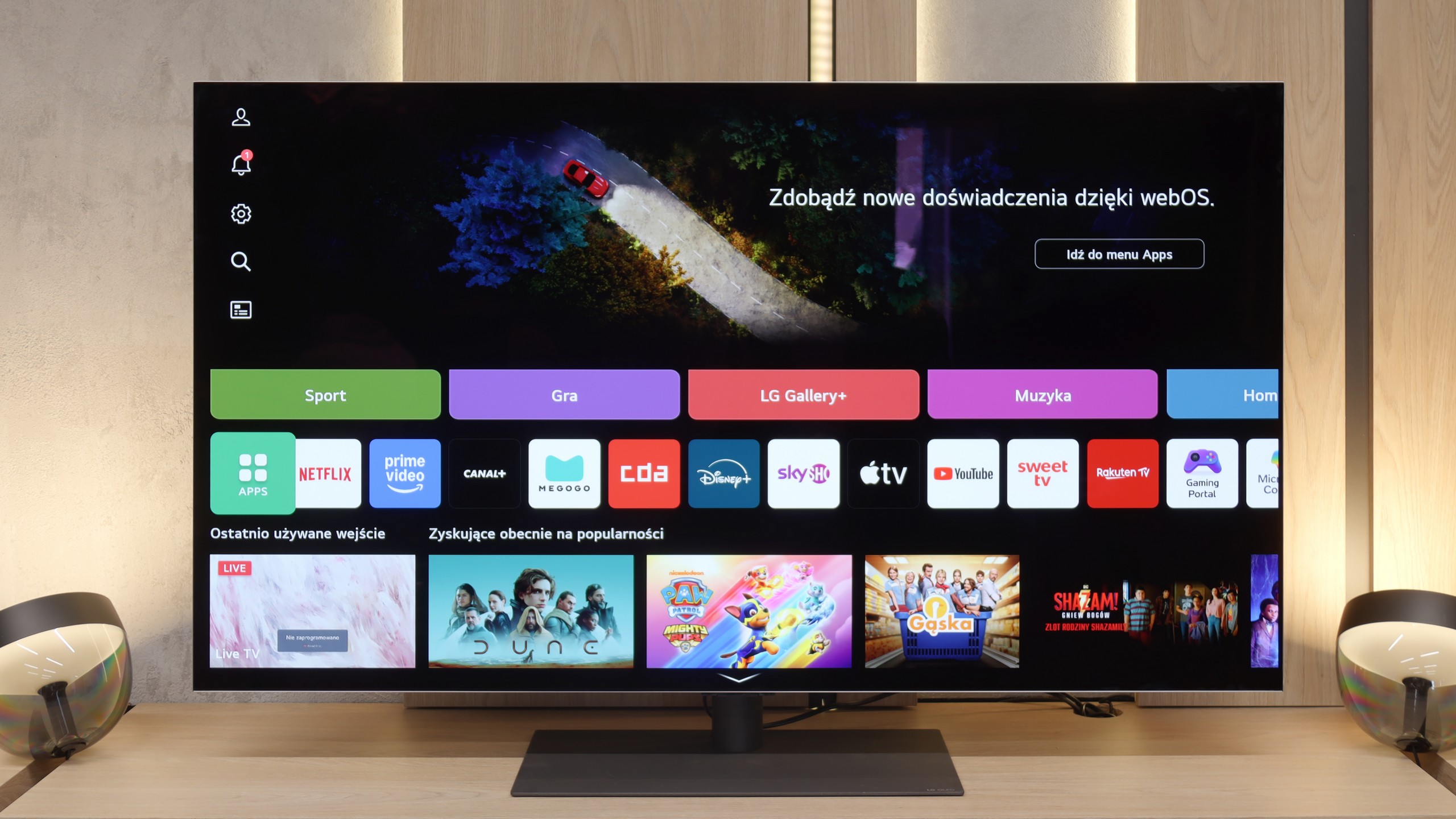
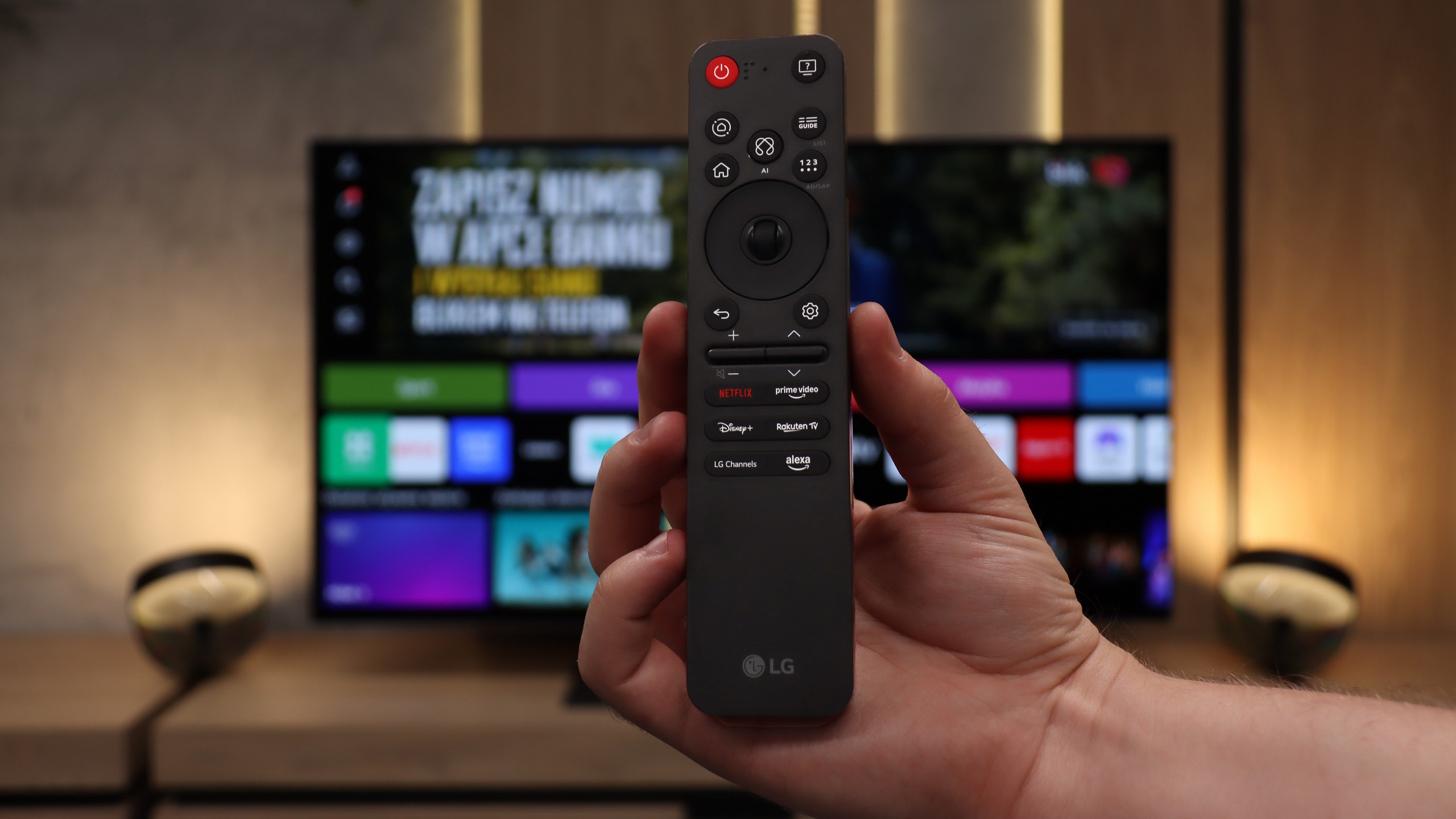
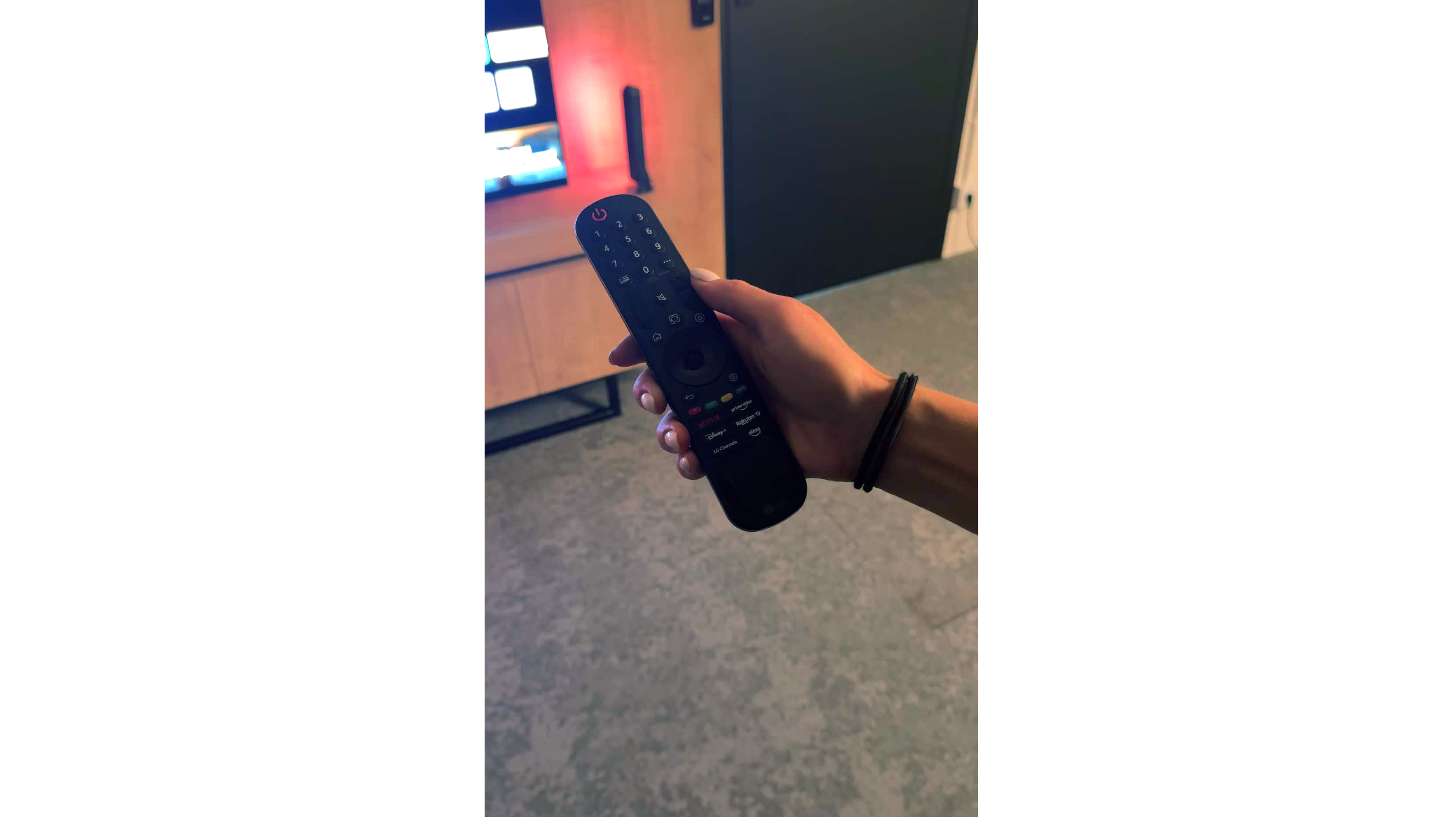
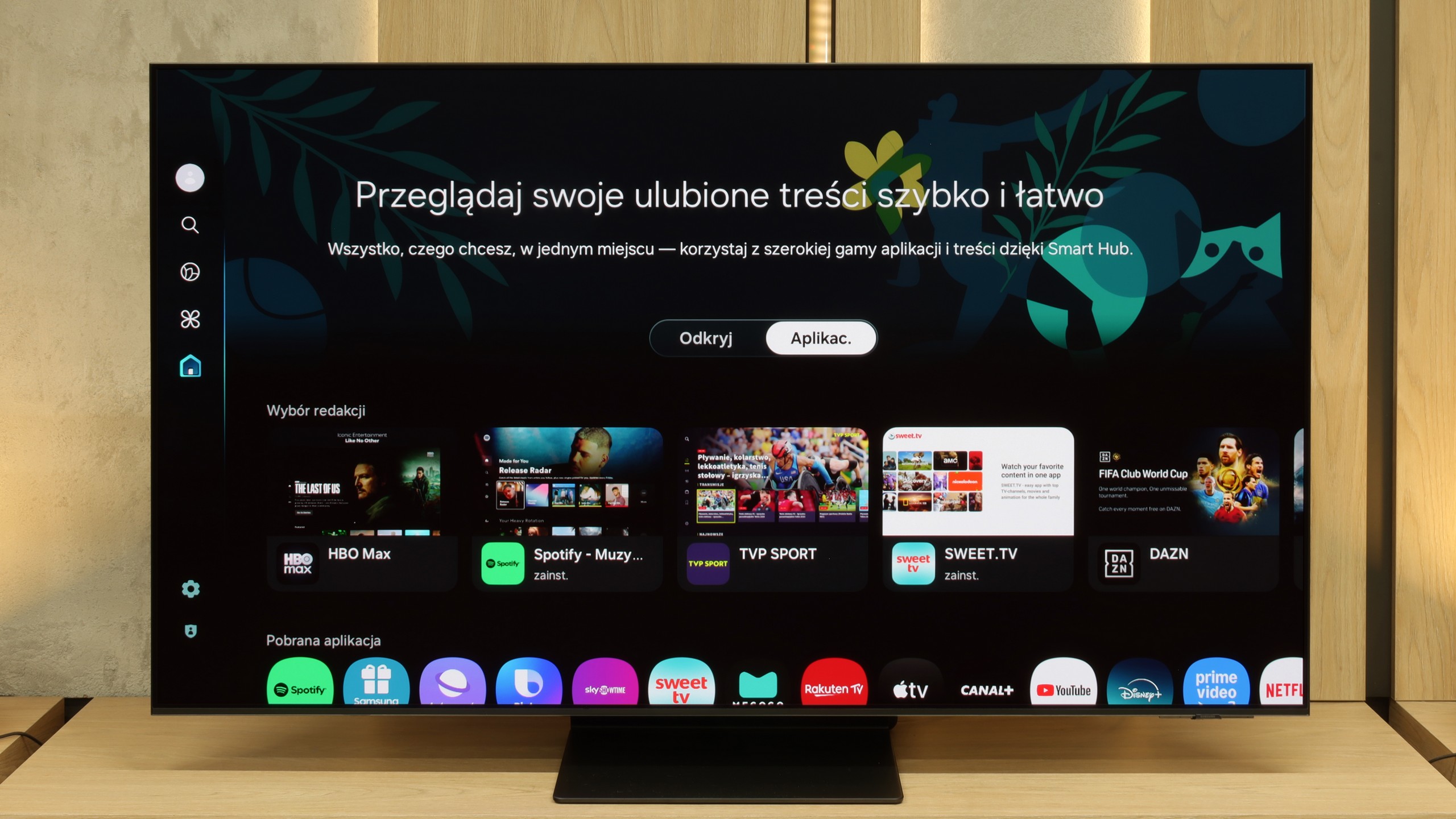
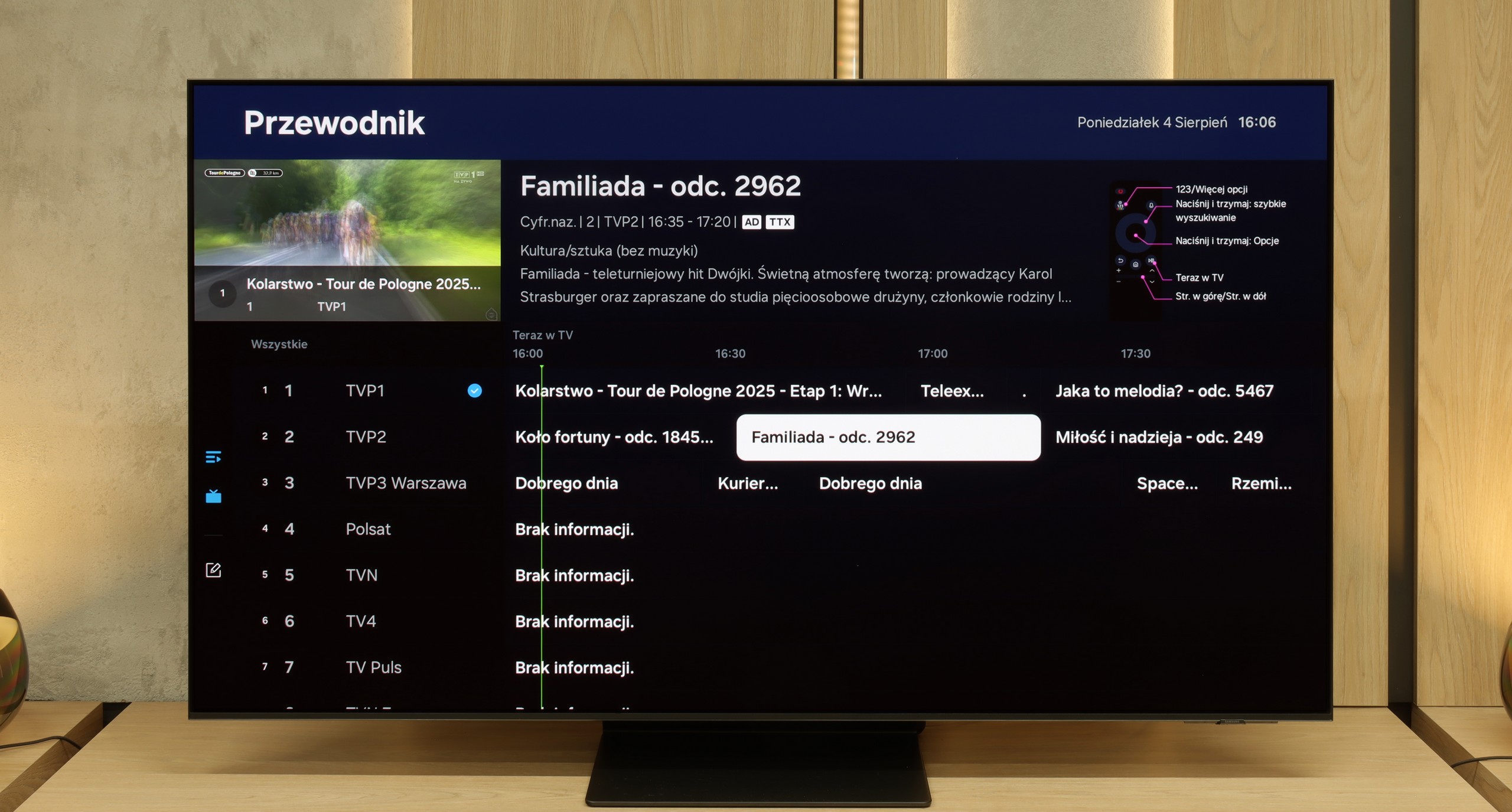
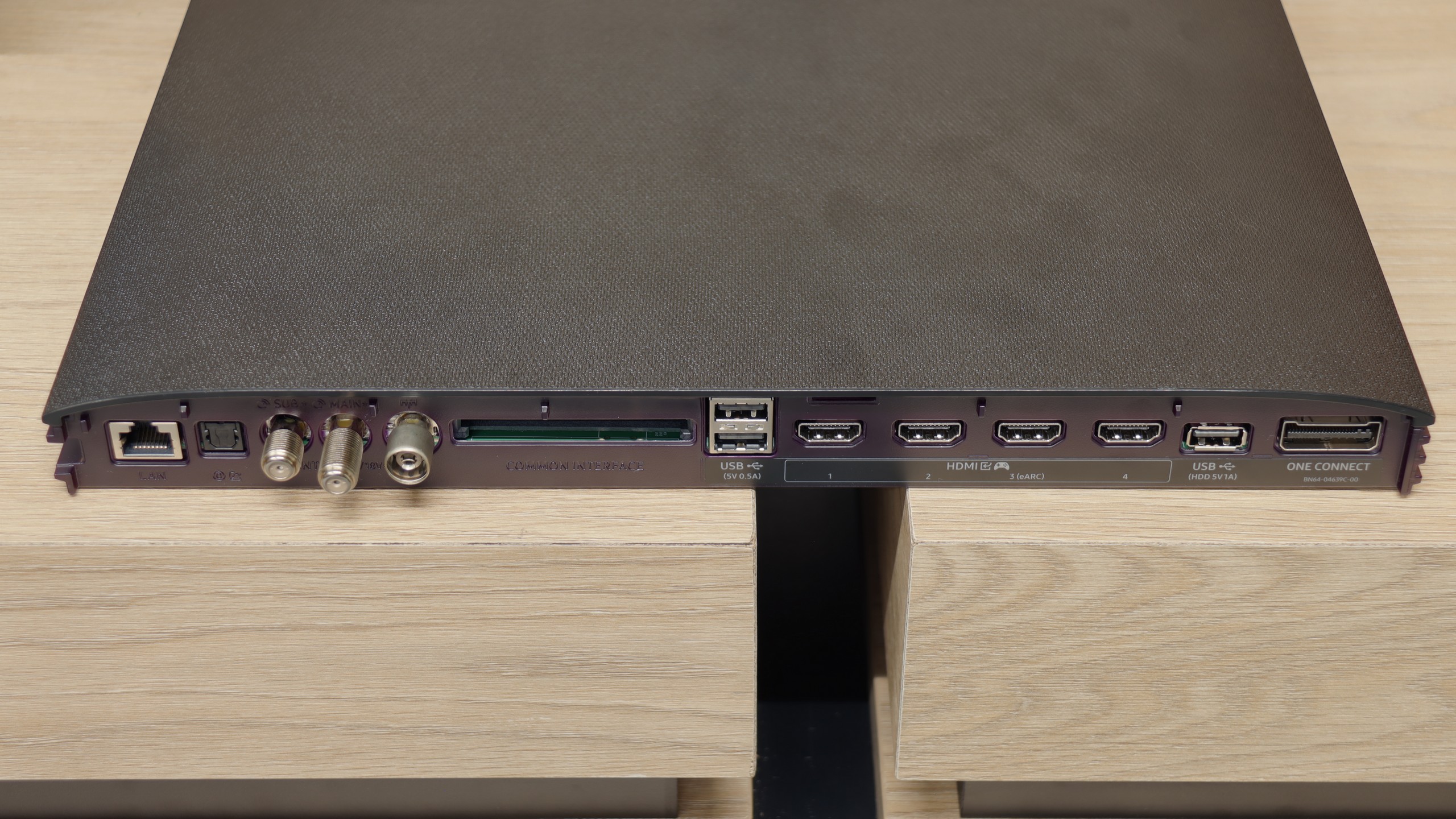
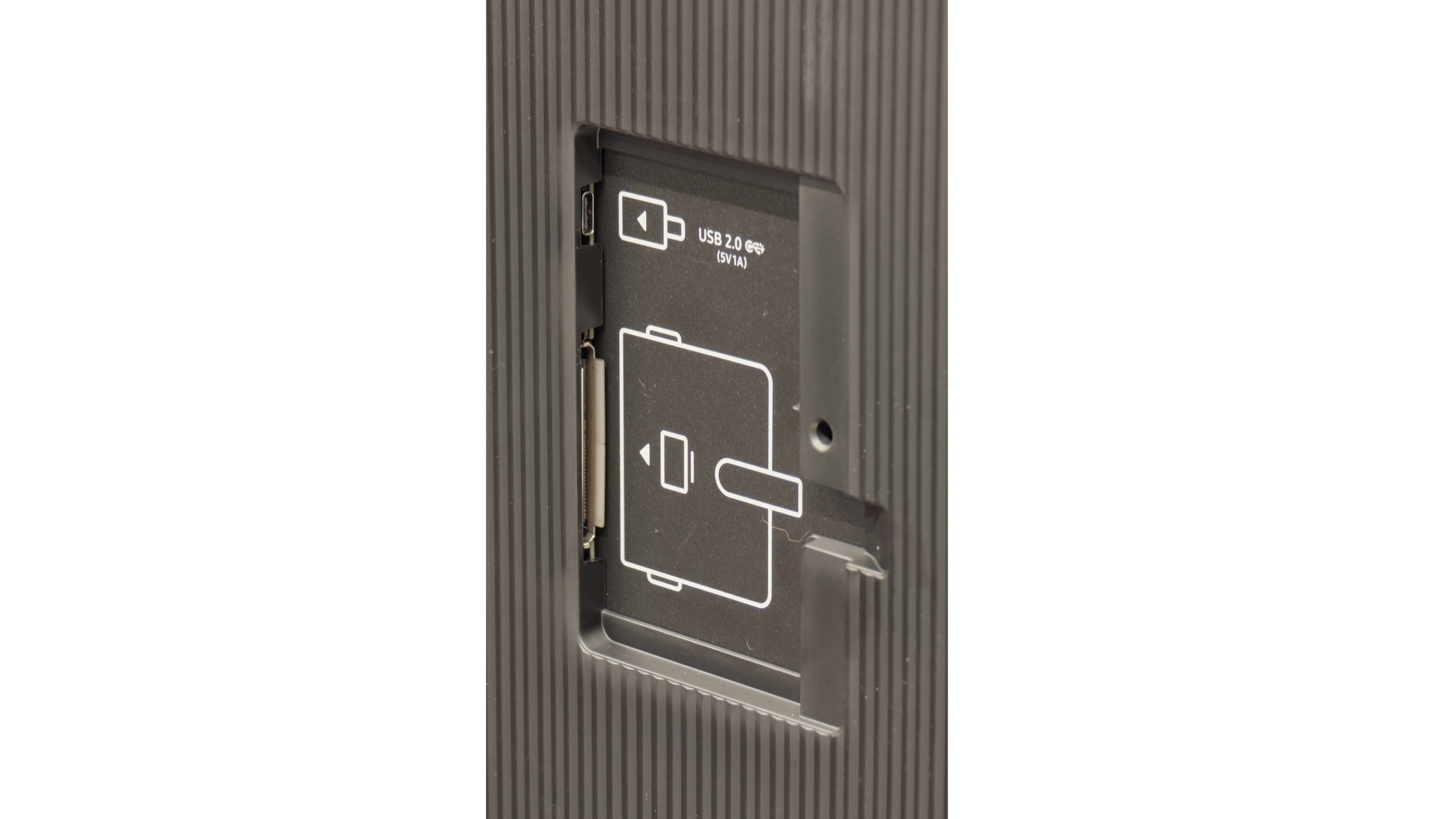
Classic Features
LG G5 has a lot to offer when it comes to classic TV features. Aside from the lack of the ability to watch two sources (PIP), the television performs well for everyday use. There are no issues with connecting external Bluetooth devices, such as headphones, and the EPG interface is very clear and understandable – even for those who are not particularly tech-savvy.
Smart TV Features
The Smart TV in the G5 operates on the WebOS system – it is the heart and brain of the entire television. Thanks to the Magic remote, using the G5 is truly enjoyable. We control the cursor on the screen with wrist movements, which is somewhat reminiscent of using a mouse in the air. The system itself is very comprehensive and offers everything one could expect: AirPlay, screen mirroring, voice search, and voice commands – all of these work smoothly and without delays. Without a doubt, this is one of the best operating systems in televisions on the market.
Note:
During our testing, we had practically nothing to complain about – except for one exception: the confusion surrounding the remote. Depending on the market and the specific version of the model, you may come across the new, minimalist Magic remote (without a numeric keypad), or the older version with a full set of buttons. We tested the G54LW model, which had the new Magic remote, but it is hard to say how the situation looks in other variants. Perhaps it is a similar situation to the LG C5 series, where the addition of the remote also depends on the specific market.
SmartTV in S95F: Tizen
Against the competition, the Samsung S95F not only shines with its picture but also shows that smart features can be truly well thought out. Tizen runs very fast, doesn't freeze, and gives the impression that everything is at your fingertips – from AirPlay to simple voice search that works even when the remote is lost somewhere. Yes, the system is not as open as Android, but frankly, few will feel its shortcomings – there are plenty of apps, and additional features like integration with SmartThings only enhance the sense of completeness.
Classic Features of S95F
Interestingly, Samsung reminds us that a television is still a television. Therefore, alongside modern gadgets, we also find classics – PiP, teletext, or the option to pair headphones via Bluetooth. There's no USB recording from DVB-T/T2 tuners, but instead, we get a remote that can also control the Canal+ decoder and other devices in the living room. And the cherry on top is the One Connect module – all the ports in a separate box, making connecting equipment no longer an extreme sport.
Playing files from USB
9/10
9/10
Supported photo formats:
Maximum photo resolution:
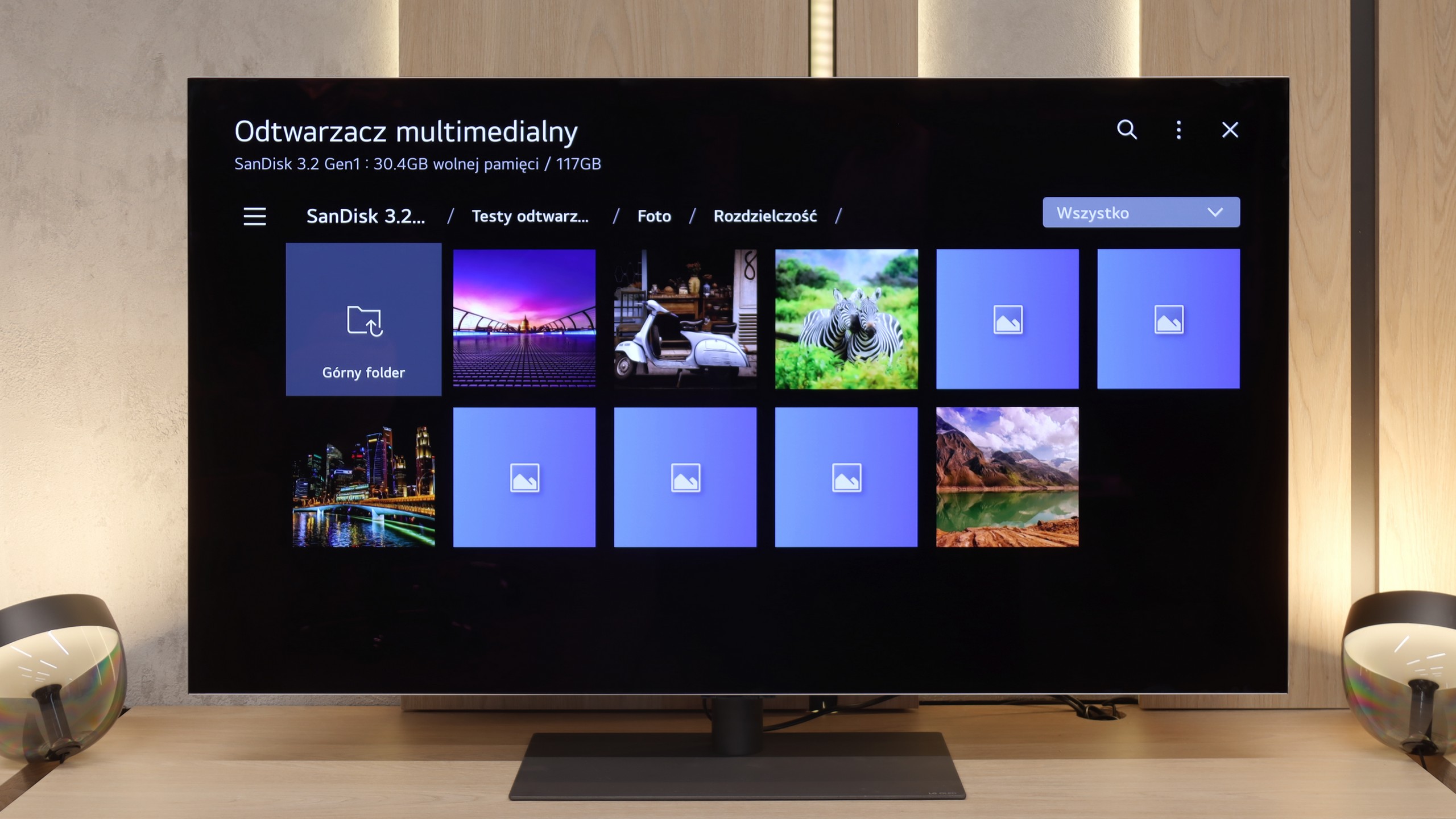
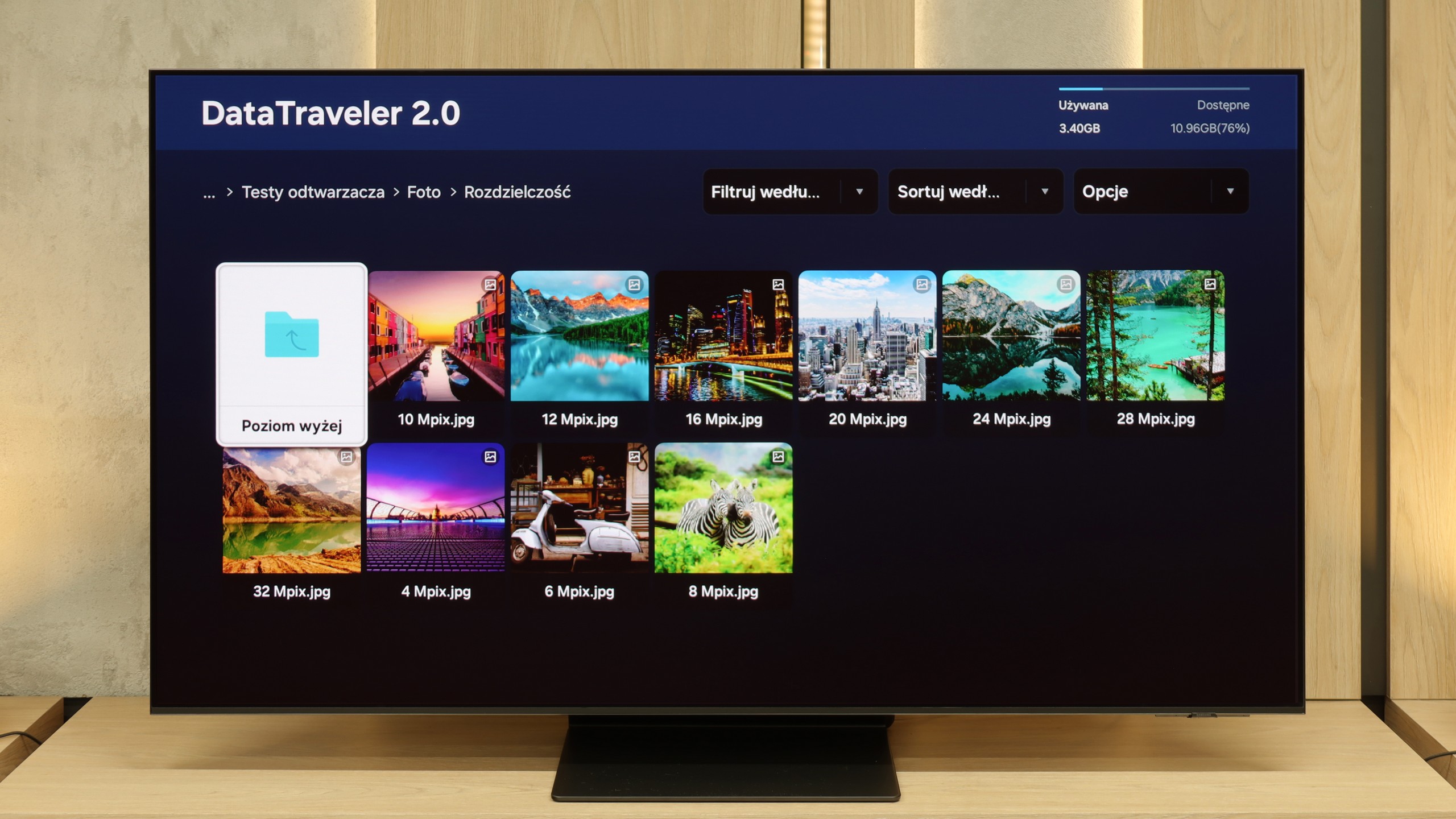
The built-in media player in the LG G5 is really very good. It supports virtually everything you would expect from a modern television – most popular formats work without issue, and the application performs quickly. Our only disappointment was the lack of support for very high bitrate HEVC files at 85 Mbit/s – similar to the C5 and B5 models. Interestingly, the same file worked flawlessly on last year's LG OLEDs, so it's hard to say what is behind this change. Nevertheless, in everyday use, the G5 will handle the vast majority of content, and there will be no need to connect any external devices for media playback.
The built-in player in the S95F works well – movies and music start without any problems, so it's perfectly sufficient for everyday use. The issues begin when we expect full compatibility with what the manufacturer claims. Not all photo formats work, and HEIC files simply refused to cooperate. However, for most people, this won't be a barrier – for basic applications, such a player performs flawlessly.
Apps
9.1/10
8.7/10














































Sound
8.7/10
8/10
- Maximum volume84dB82dB
- Dolby Digital Plus 7.1
- Dolby True HD 7.1
- Dolby Atmos in Dolby Digital Plus (JOC)
- Dolby Atmos in Dolby True HD
- DTS:X in DTS-HD MA
- DTS-HD Master Audio
The sound on the LG G5, given its slim body, is truly phenomenal. When listening to music, a light, pleasant bass can be felt, and in movies, the dialogues are clear and easily heard – they do not get lost even in dynamic scenes. Unfortunately, a certain disappointment is the lack of support for the DTS format, which LG used in its older models. It's a shame, because many people with home theaters may see this as a step backward.
The built-in speakers of the S95F can pleasantly surprise – they sound nice and clear, and despite the sleek design of the television, it's hard to say that the sound is flat. Sure, there could be more bass, but that's a natural compromise with such a thin casing. For daily watching of movies or series, the setup works wonderfully. Those who enjoy stronger sensations should consider a soundbar – preferably one with Q-Symphony support. Then the television's speakers and the Samsung soundbar work together.
Acoustic Measurements
84dBC (Max)
75dBC
82dBC (Max)
75dBC
